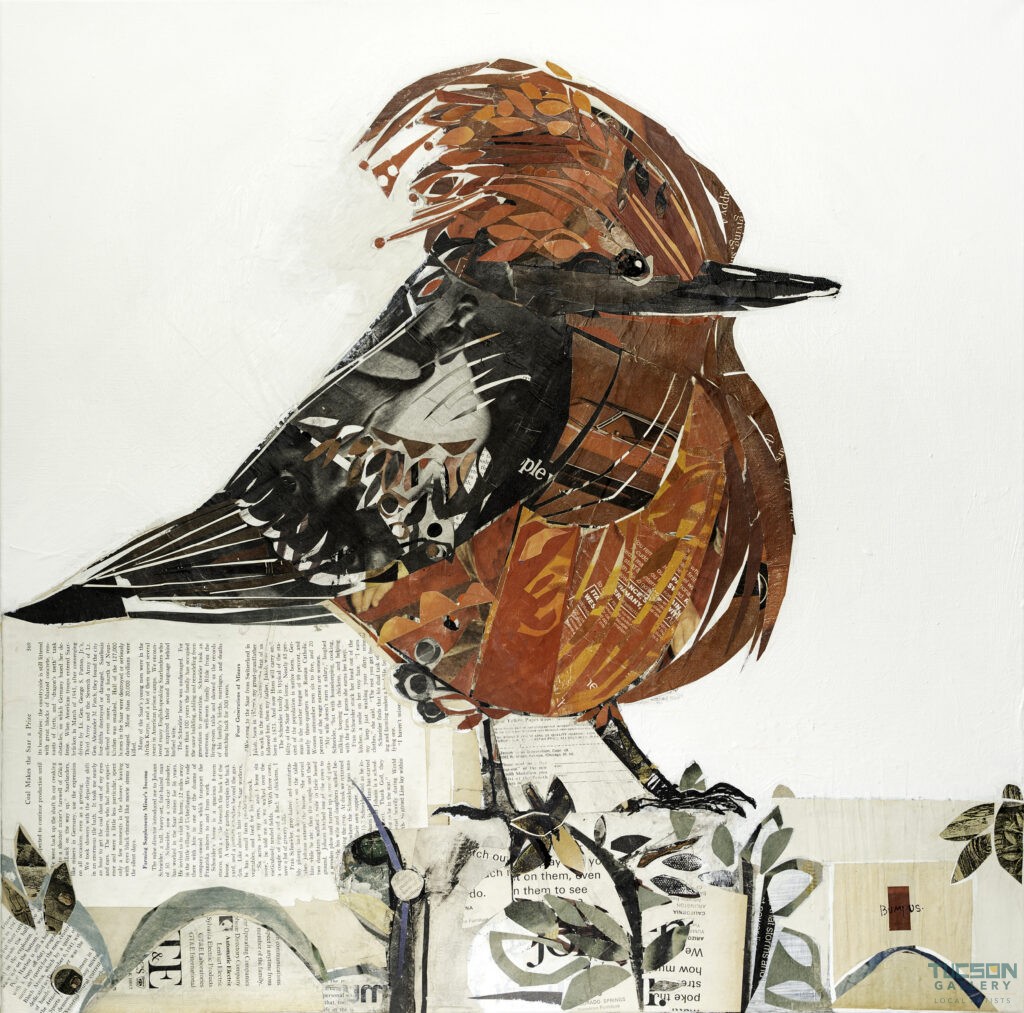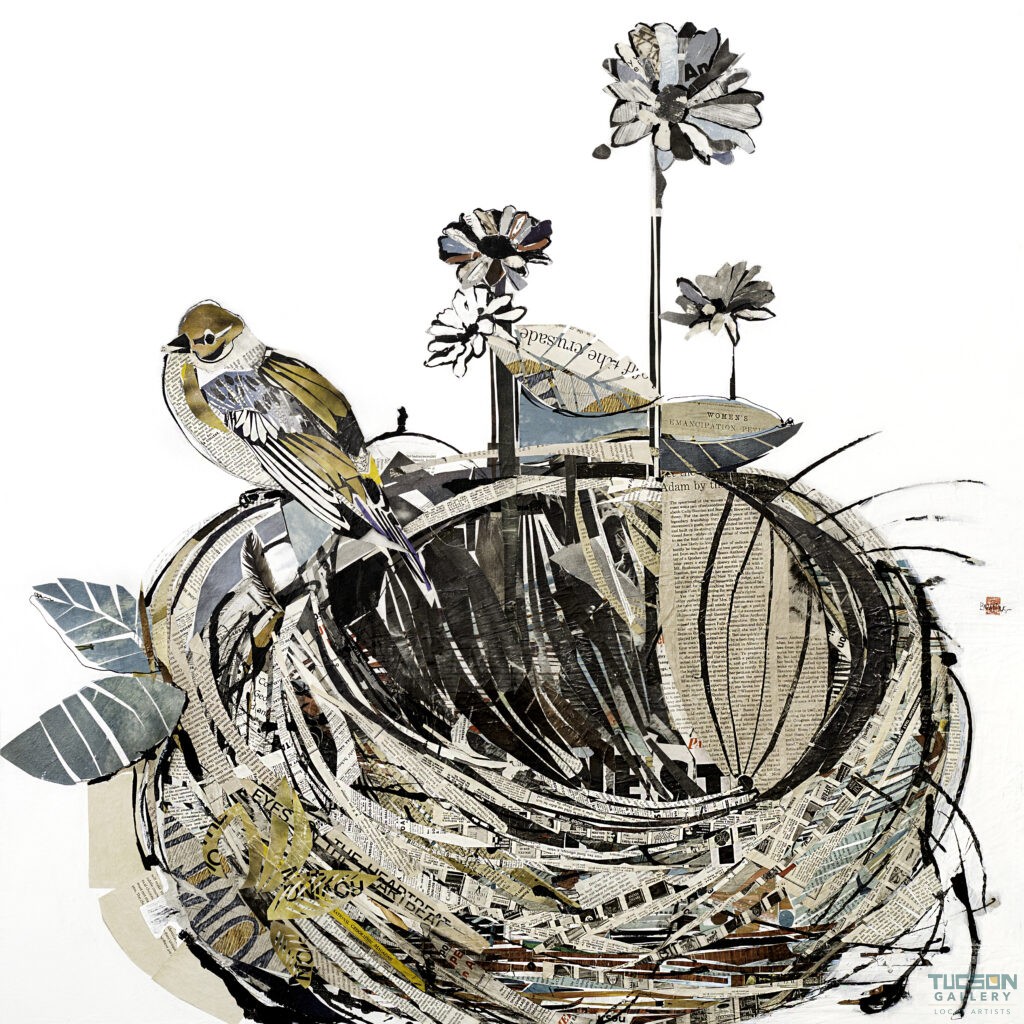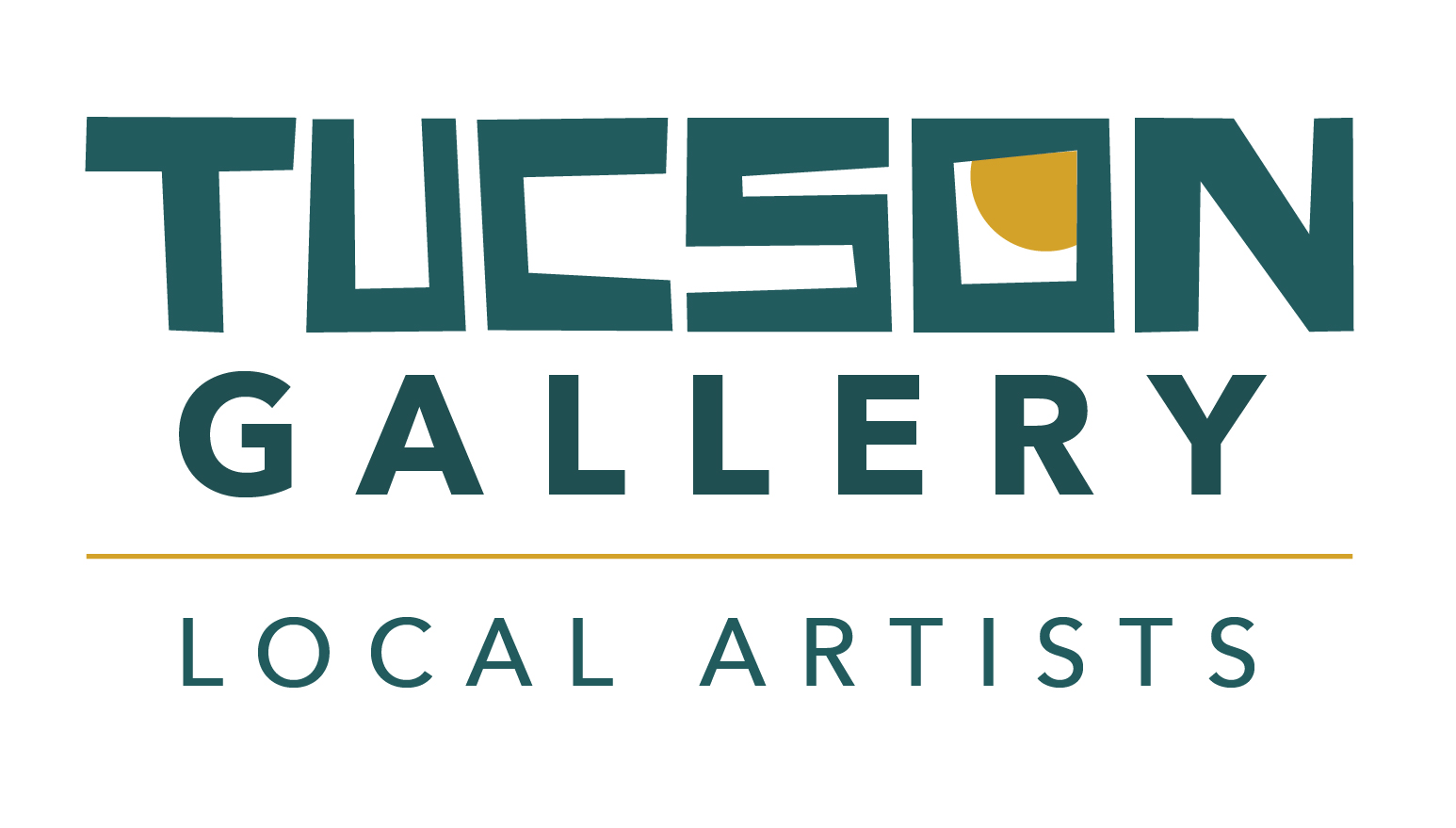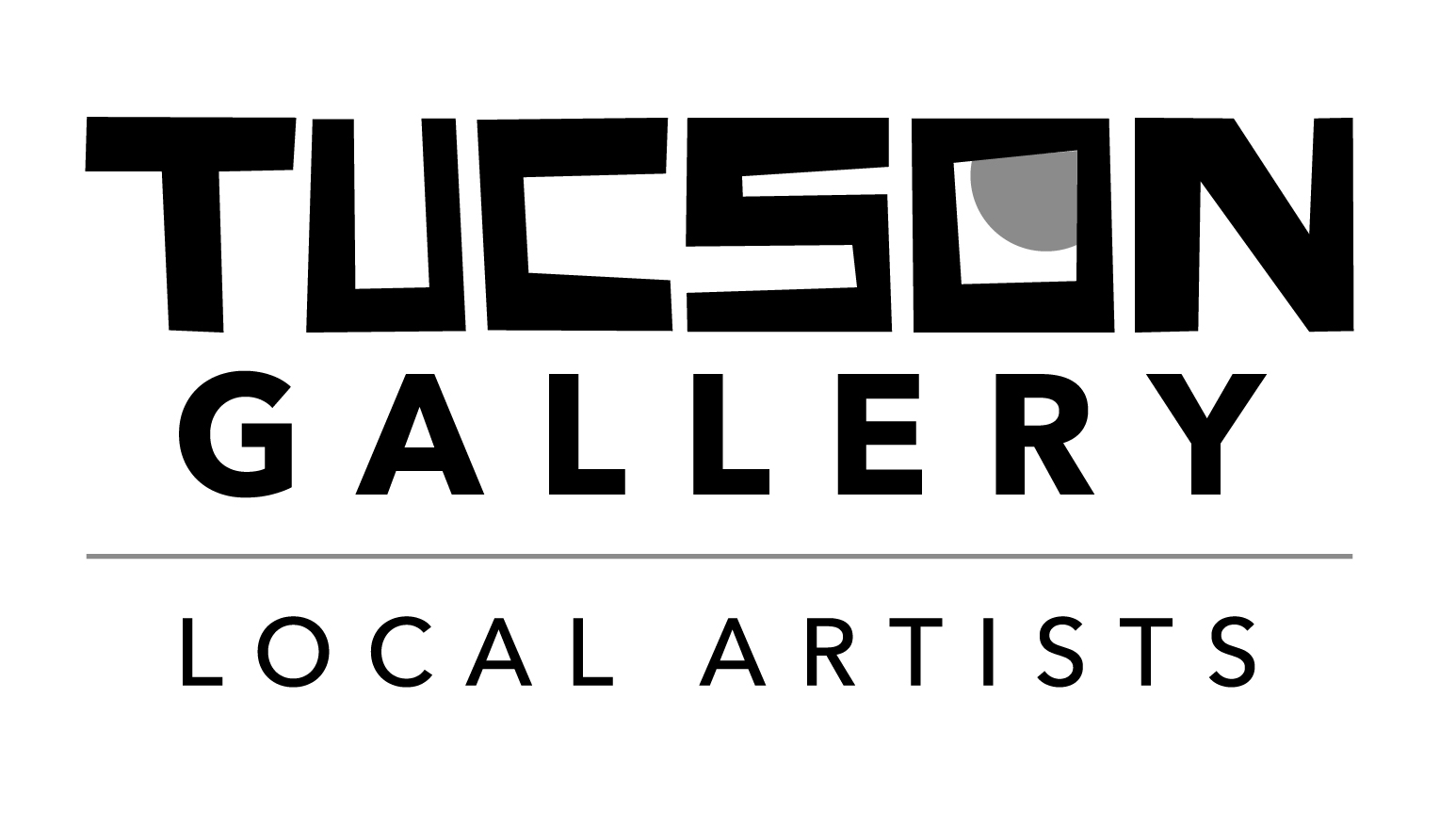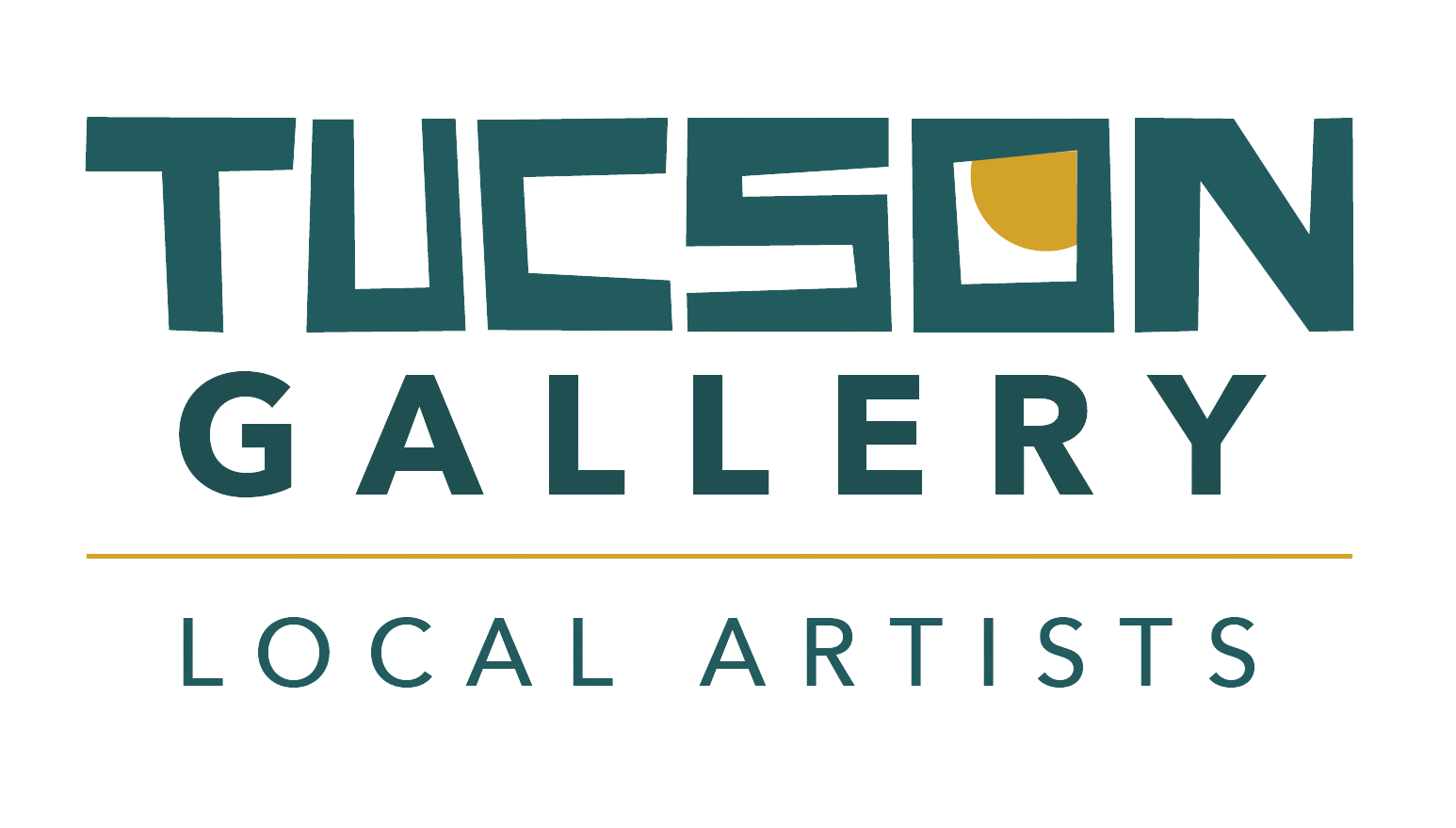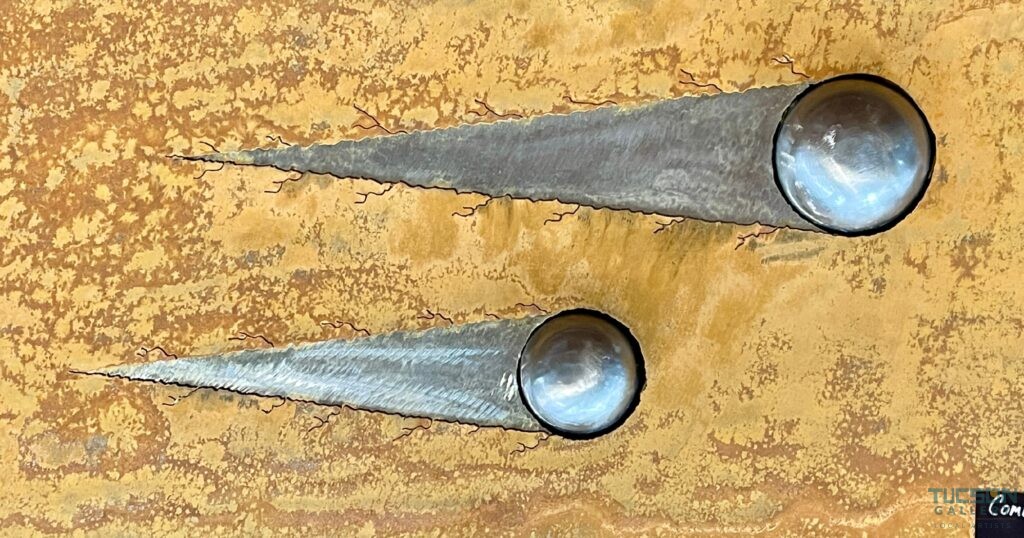
Comet
$800
These Originals are Sold in the Gallery and Subject to Availability. Please Visit Us at The Gallery for More Information and to See These Amazing Sculptures in Person

$800
These Originals are Sold in the Gallery and Subject to Availability. Please Visit Us at The Gallery for More Information and to See These Amazing Sculptures in Person
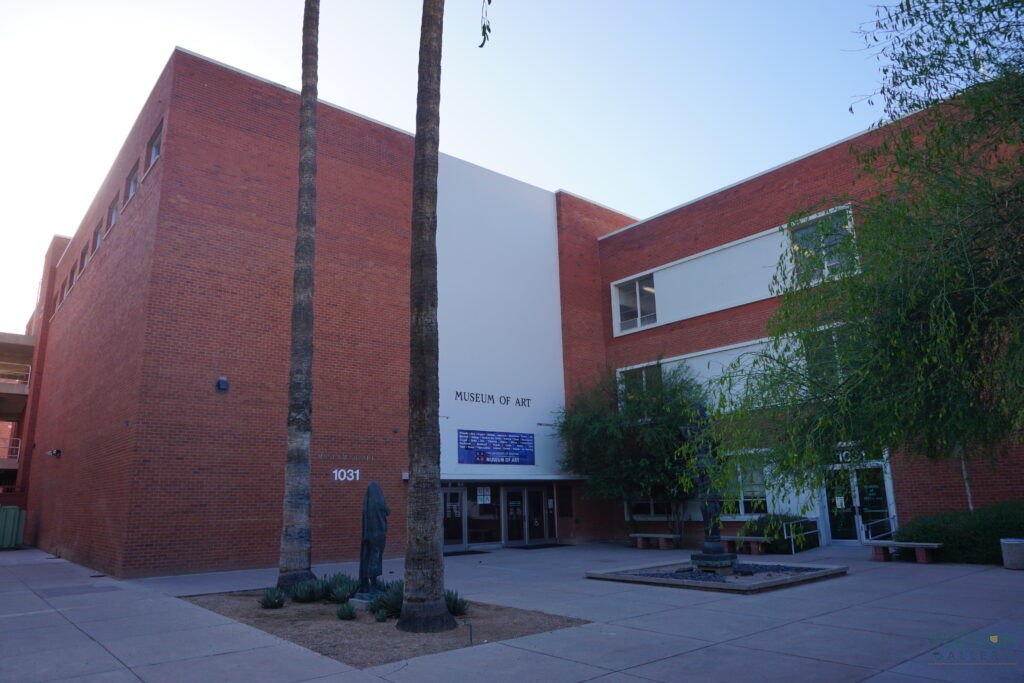
The University of Arizona Museum of Art, located in Tucson, Arizona, is a museum dedicated to the collection, preservation, and exhibition of visual art. The museum’s collection includes over 6,000 works of art, including paintings, sculptures, prints, and photographs, and features works by well-known artists such as Jackson Pollock, Georgia O’Keeffe, and Mark Rothko, as well as works by emerging artists. The museum also hosts rotating exhibitions throughout the year, featuring a wide range of artistic styles and movements. With a focus on education and outreach, the University of Arizona Museum of Art offers a variety of educational programs and workshops for visitors of all ages.
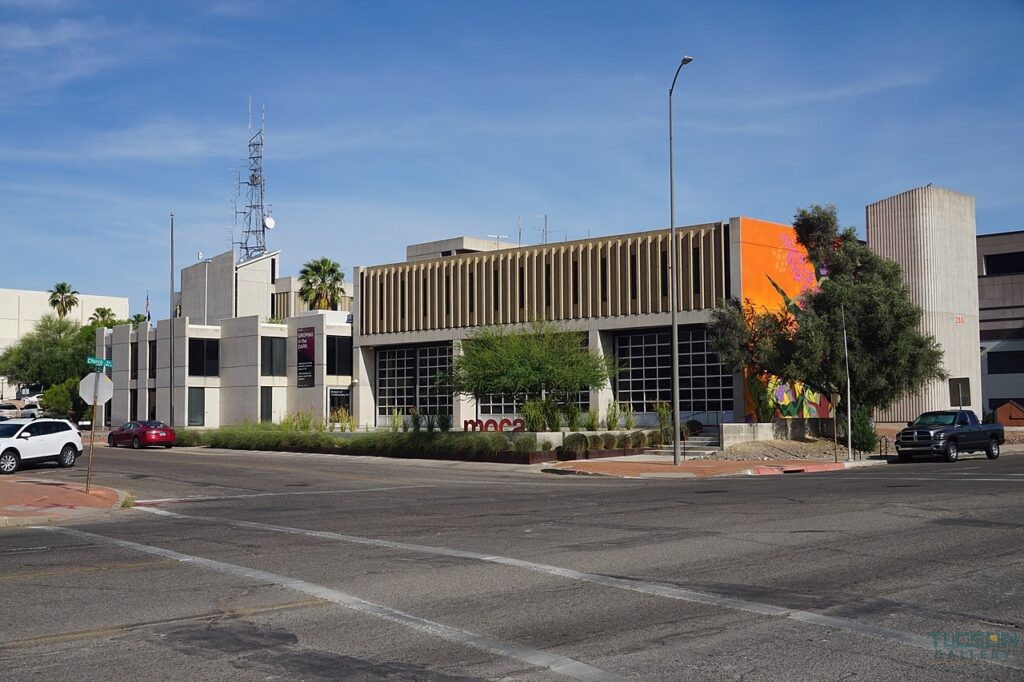
The Museum of Contemporary Art Tucson, also known as MOCA Tucson, is a contemporary art museum located in Tucson, Arizona. The museum’s mission is to showcase the work of emerging and established artists, as well as to promote critical dialogue around contemporary art and culture. The museum features rotating exhibitions of a wide range of media, including painting, sculpture, installation, and video art, and also hosts artist talks, performances, and other events. MOCA Tucson is committed to engaging with the local community and encouraging a greater understanding and appreciation of contemporary art.
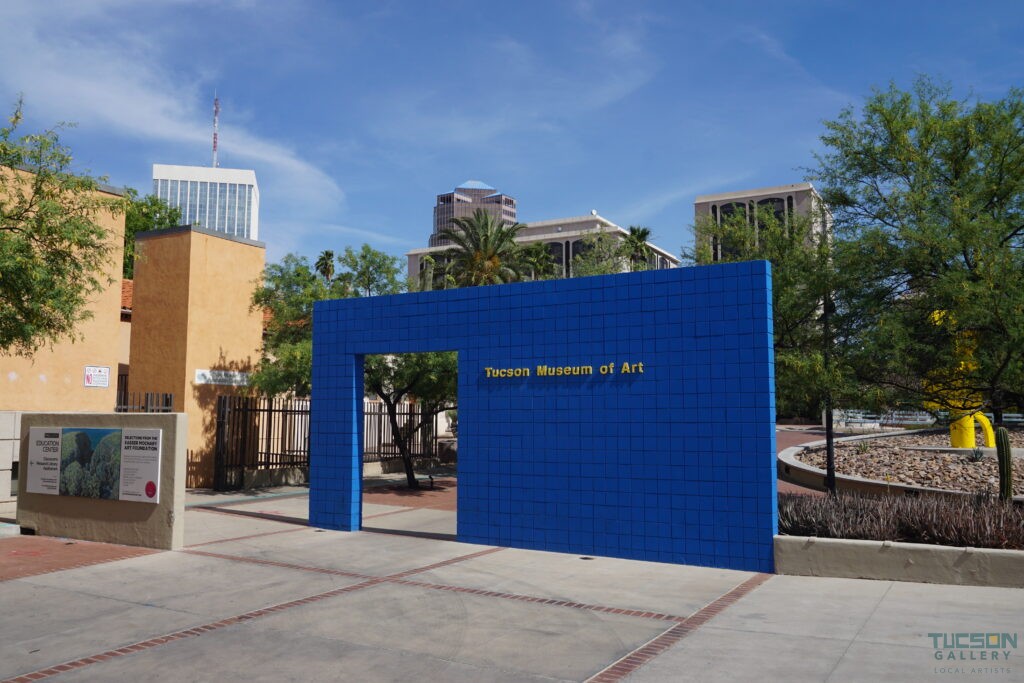
The Tucson Museum of Art is located in Tucson, Arizona and is dedicated to the collection, preservation, and exhibition of fine art. The museum’s permanent collection includes pre-Columbian, Spanish Colonial, Latin American folk art, and modern and contemporary art. The museum also hosts a variety of rotating exhibits, educational programs, and events throughout the year. With a focus on the art and culture of the American West and Latin America, the Tucson Museum of Art offers visitors a unique perspective on the region’s rich artistic heritage.
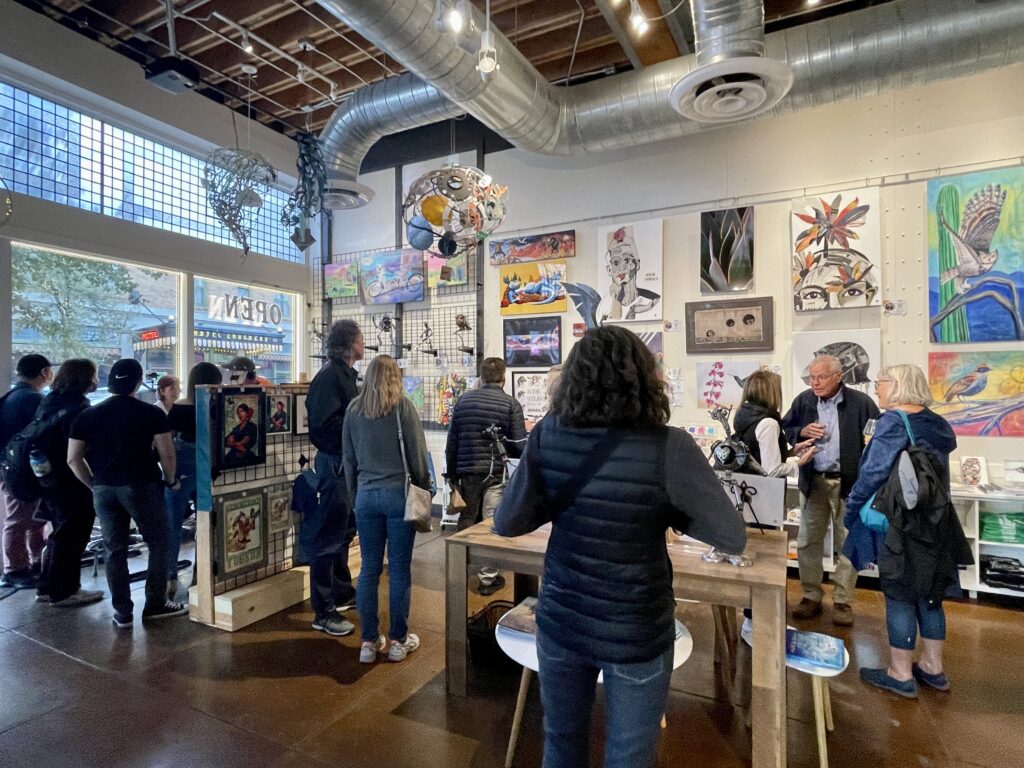
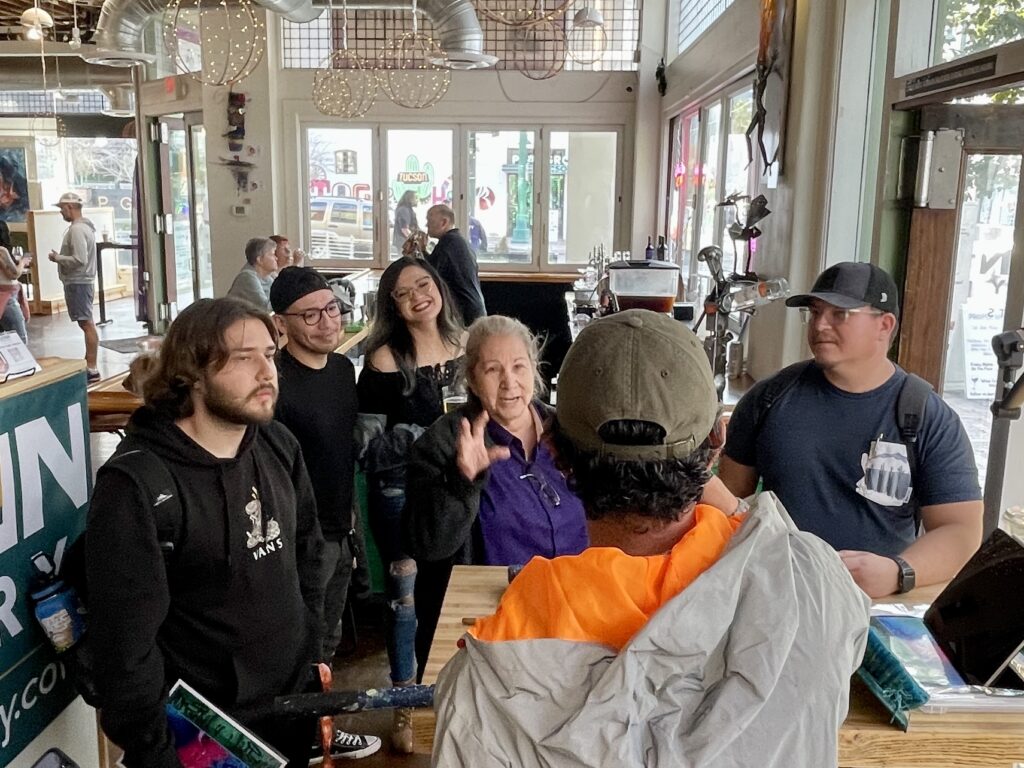
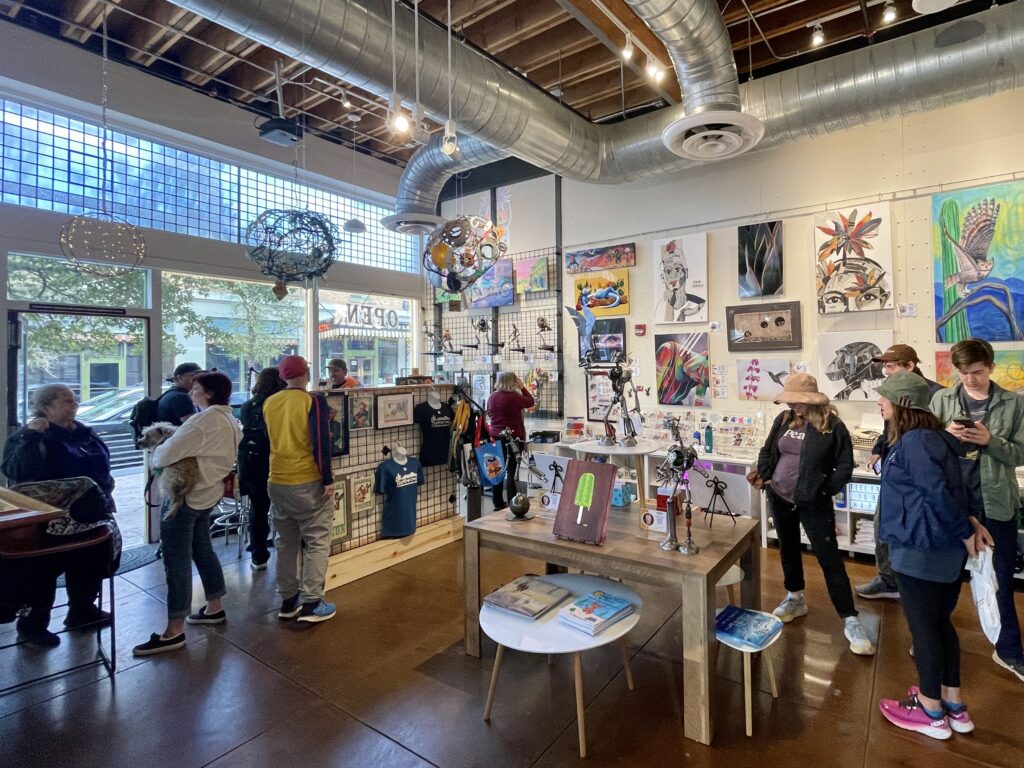
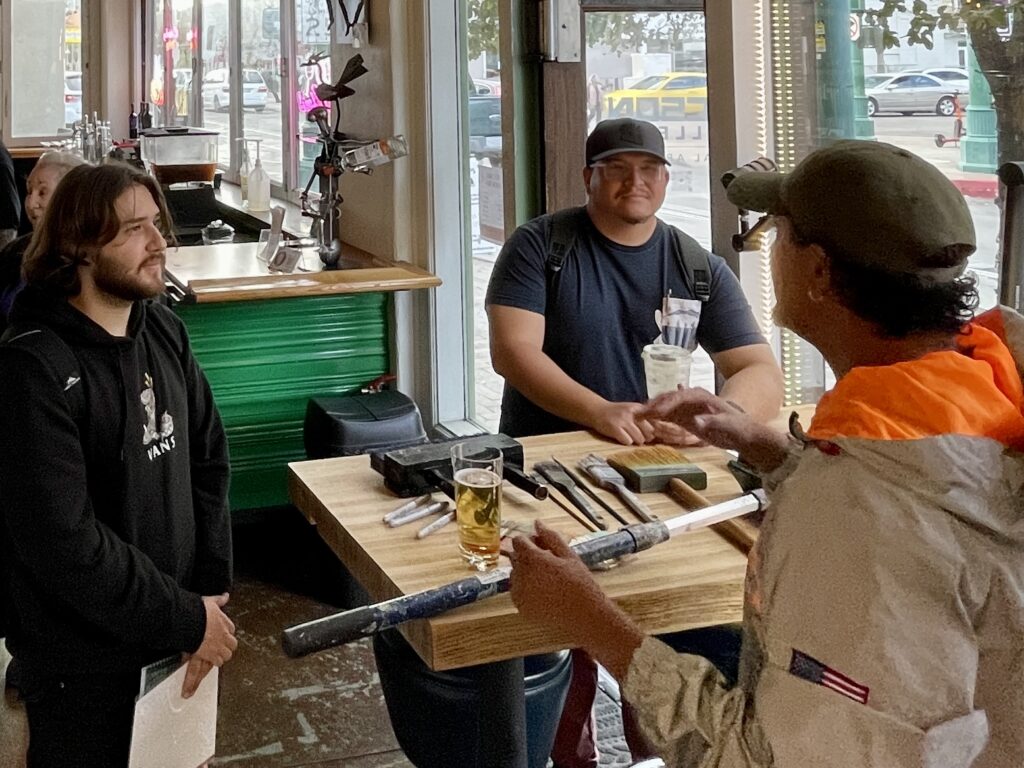
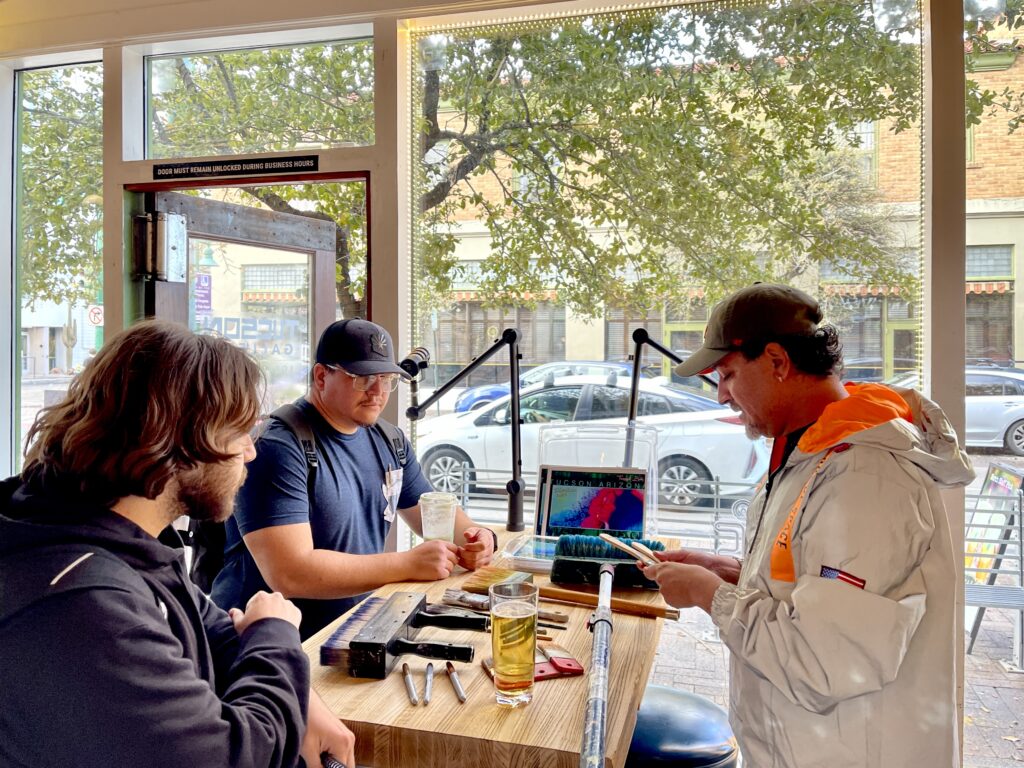
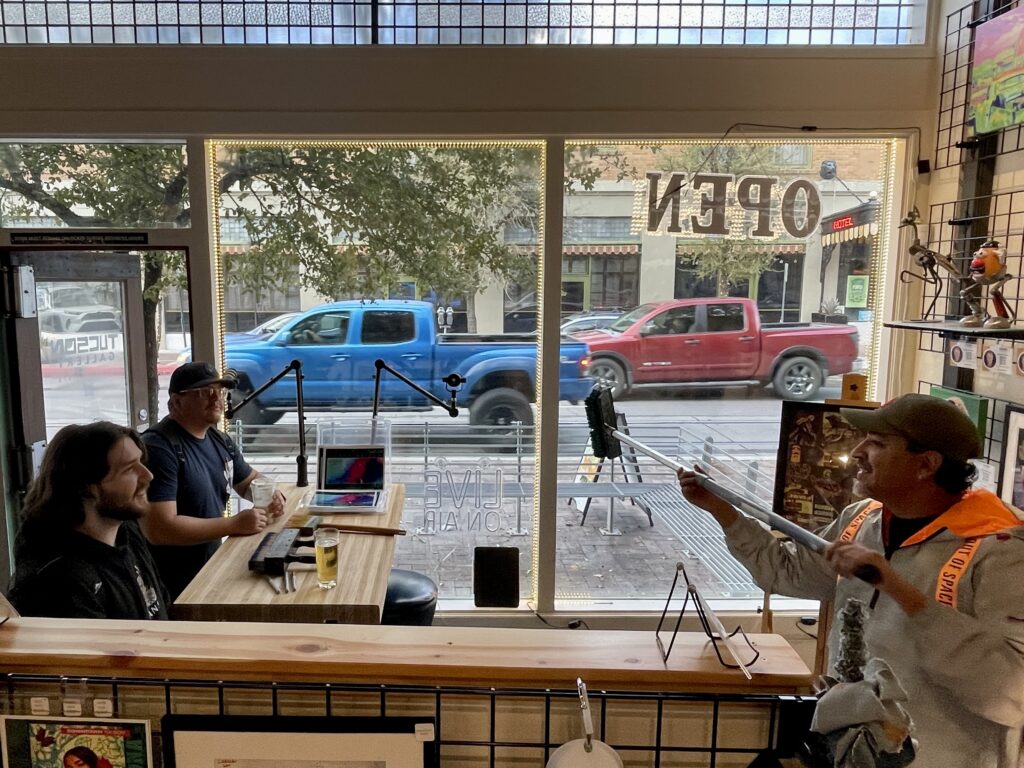
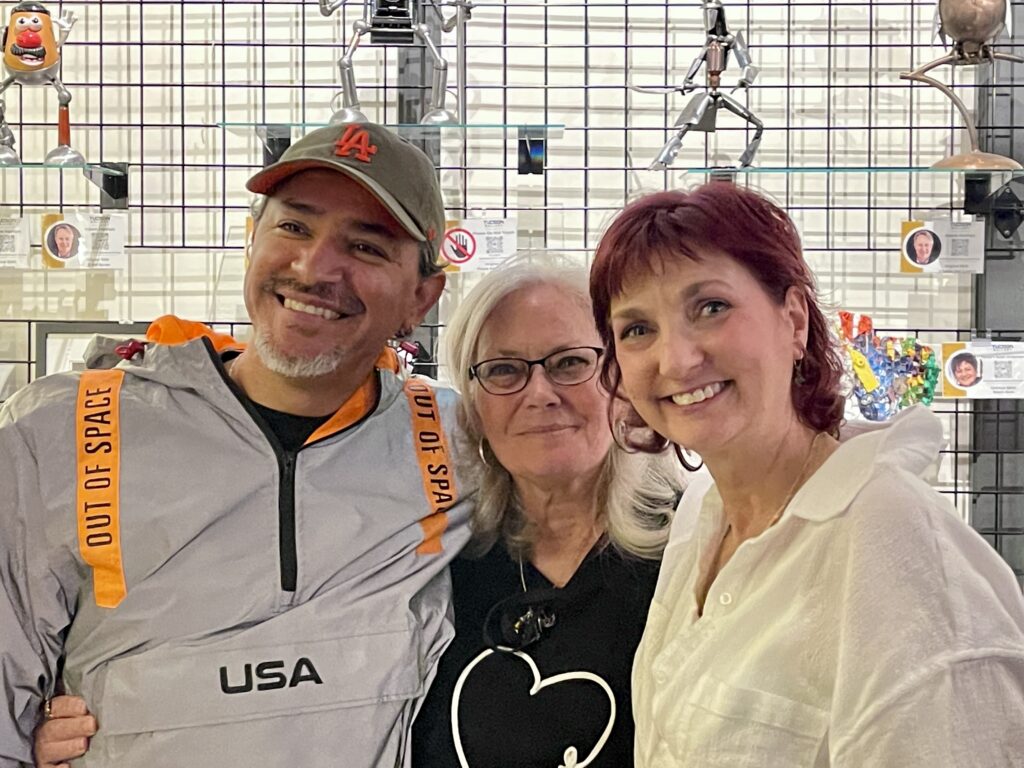
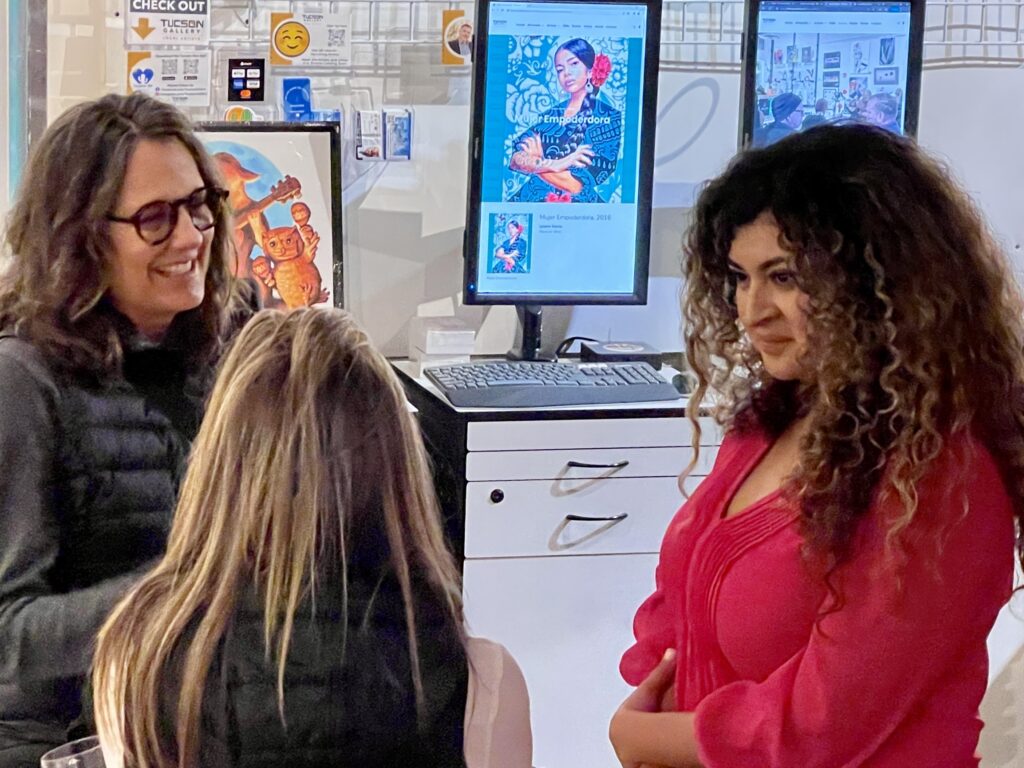
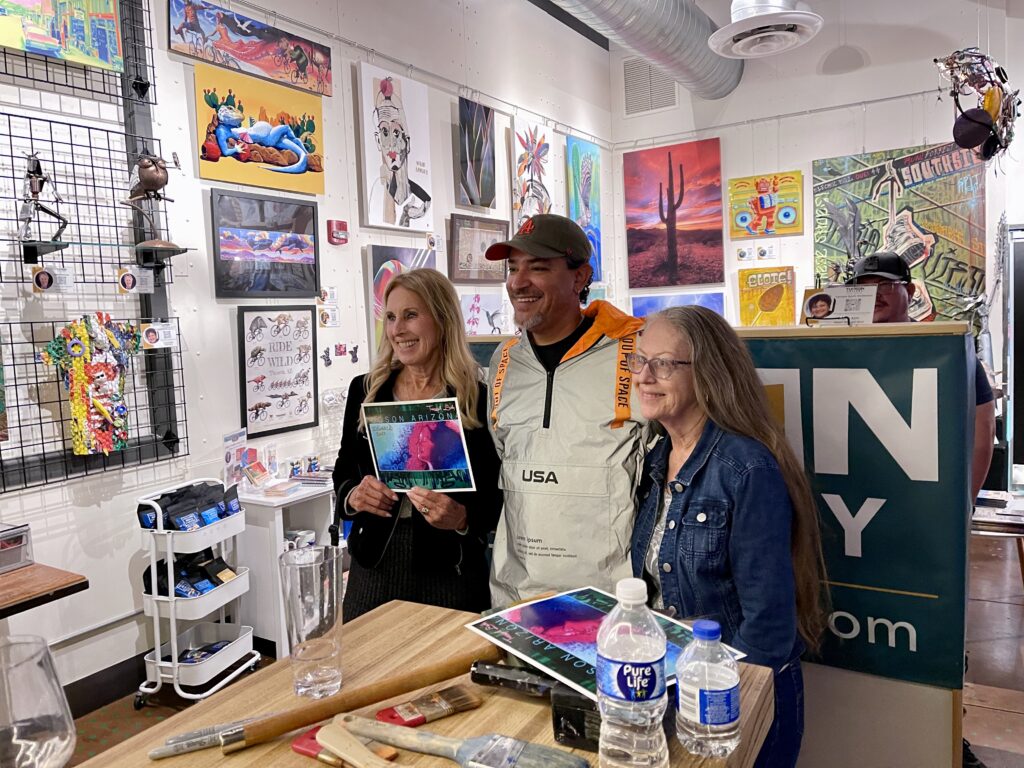
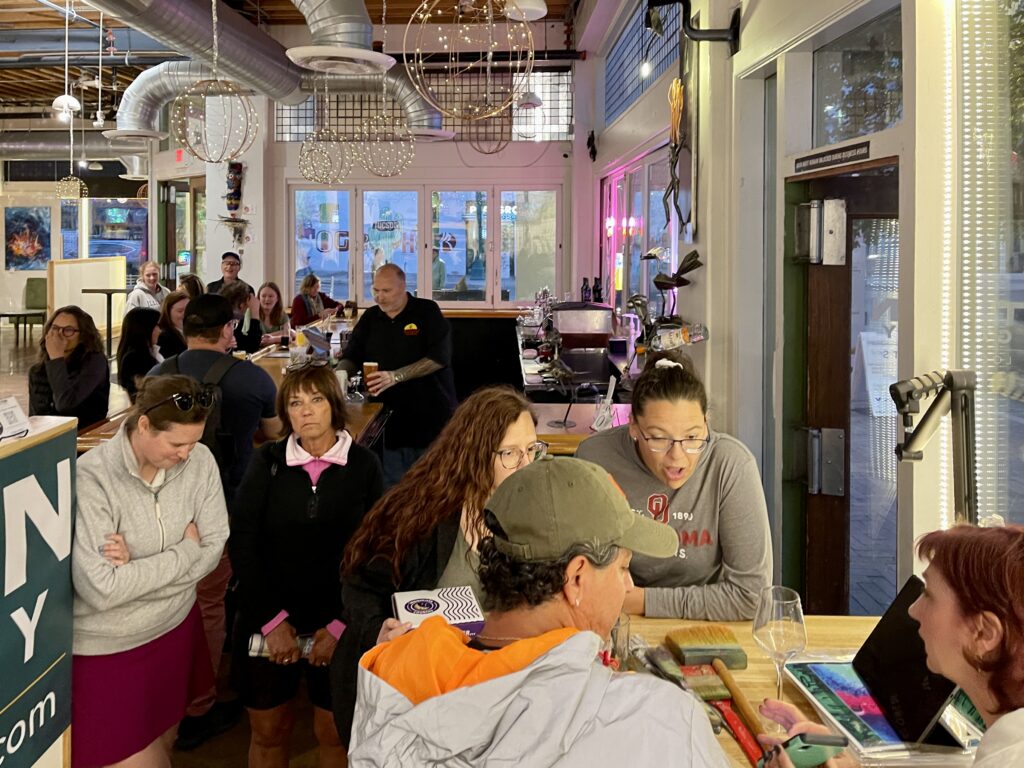
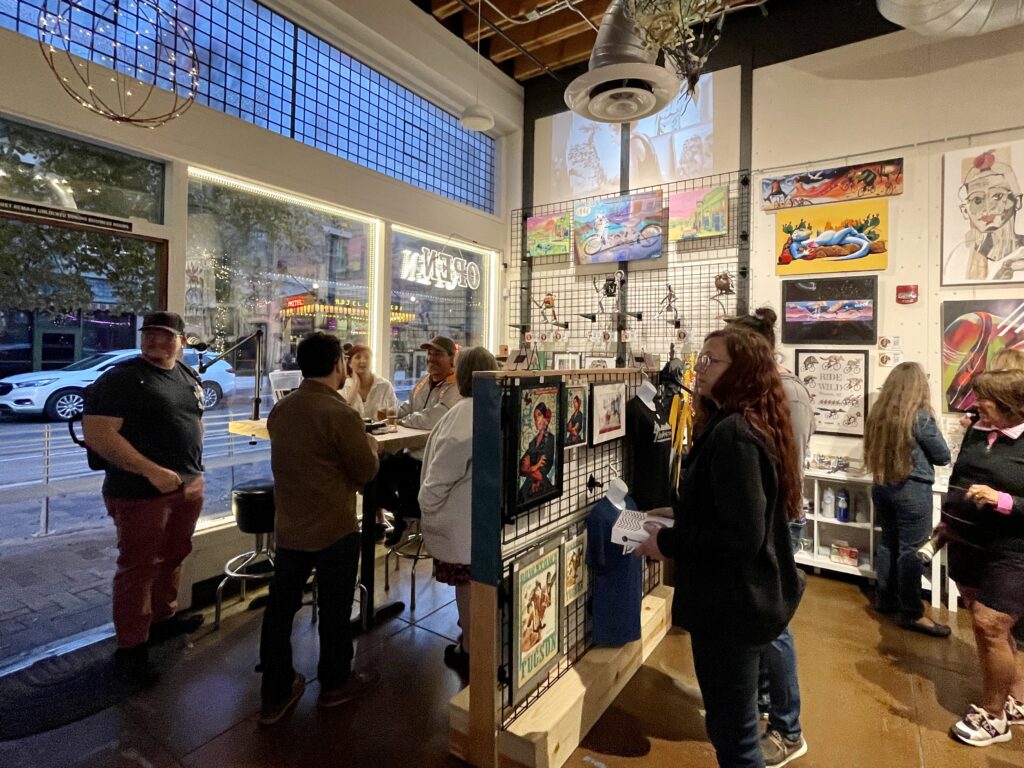
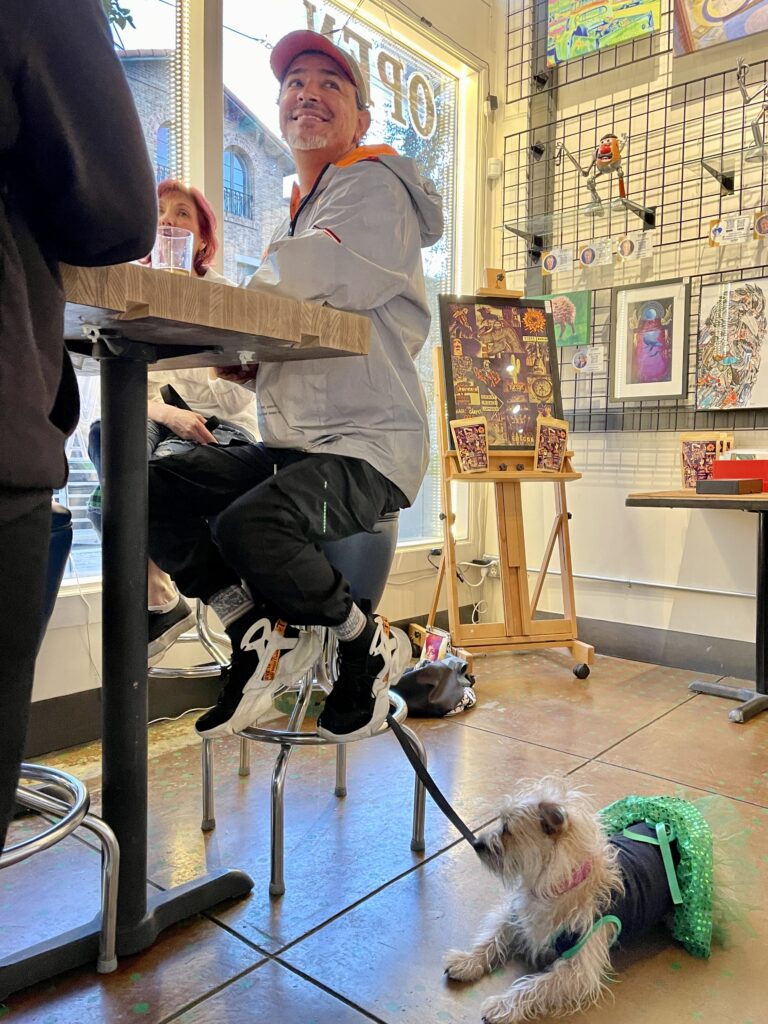
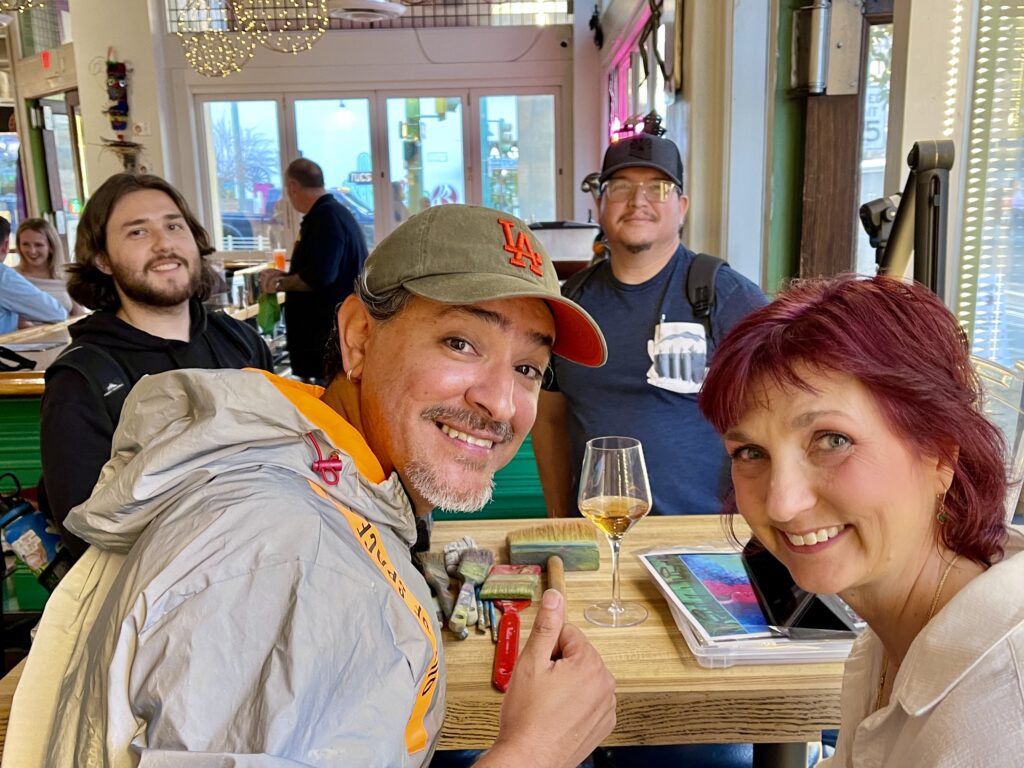
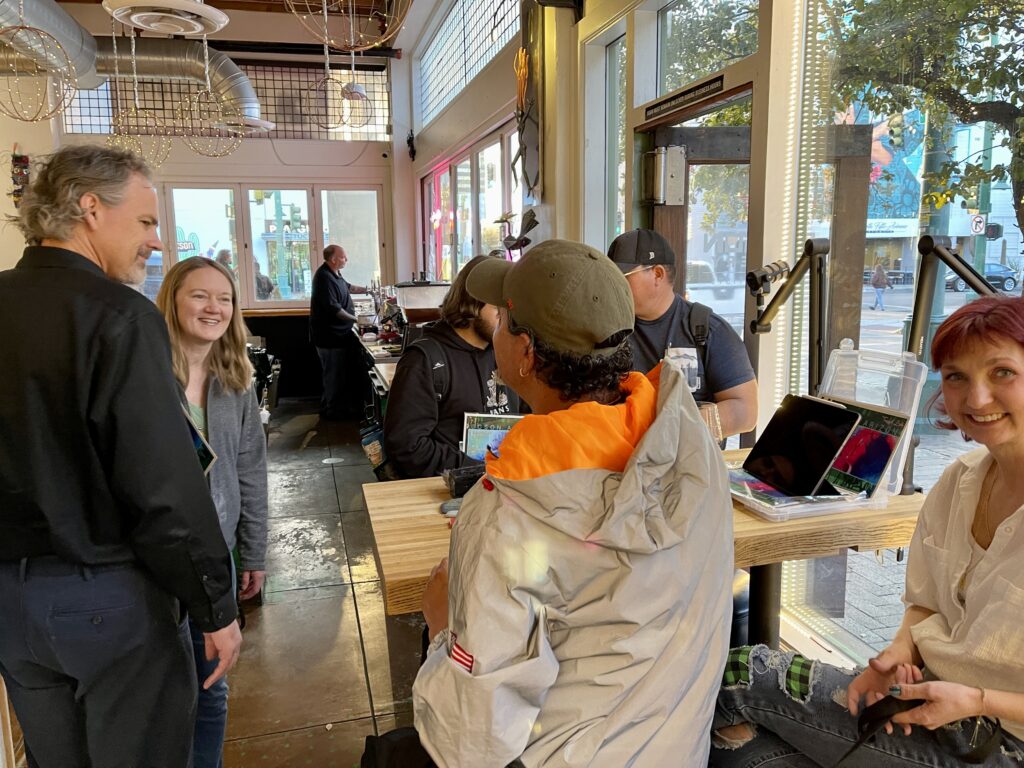
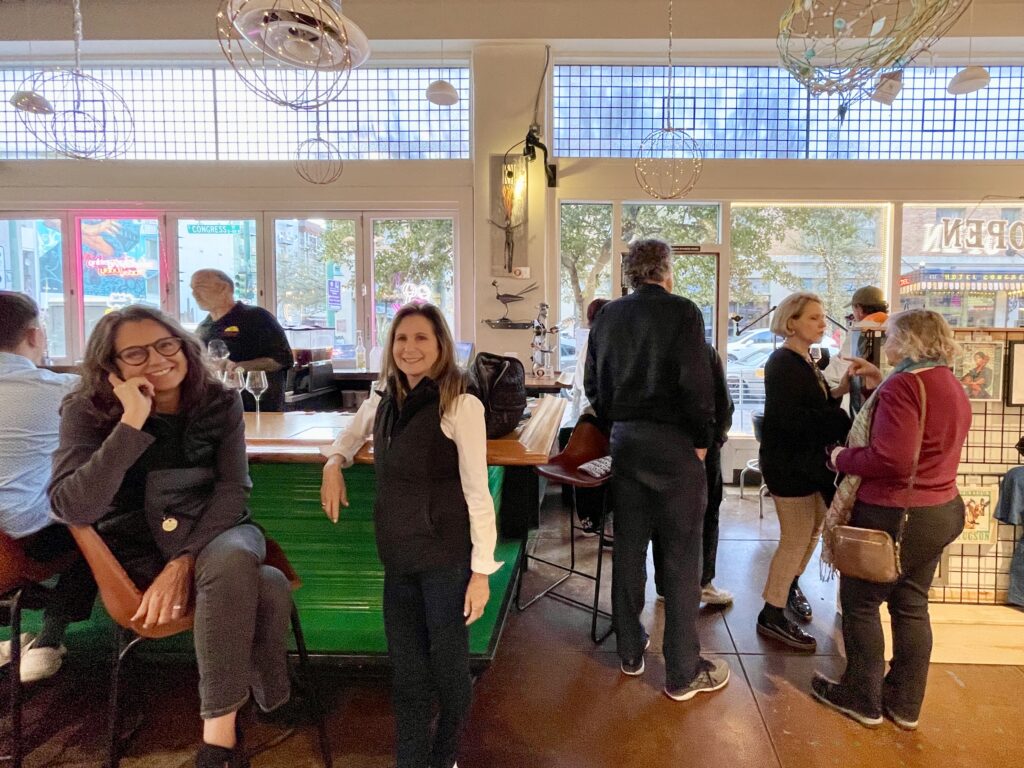
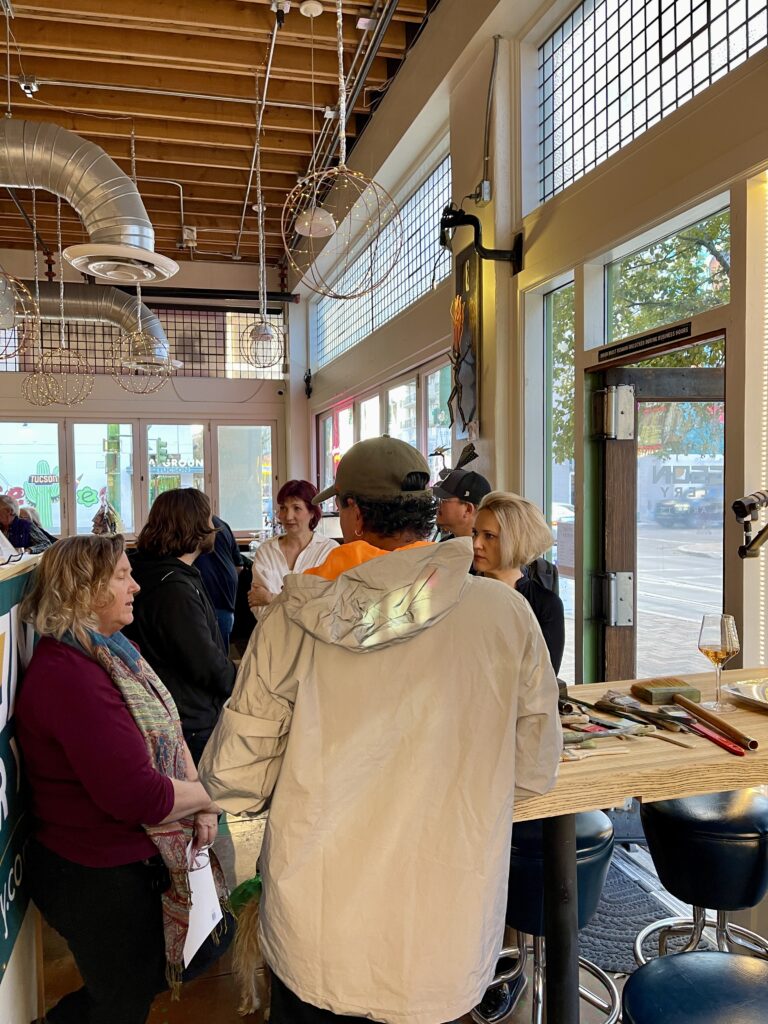
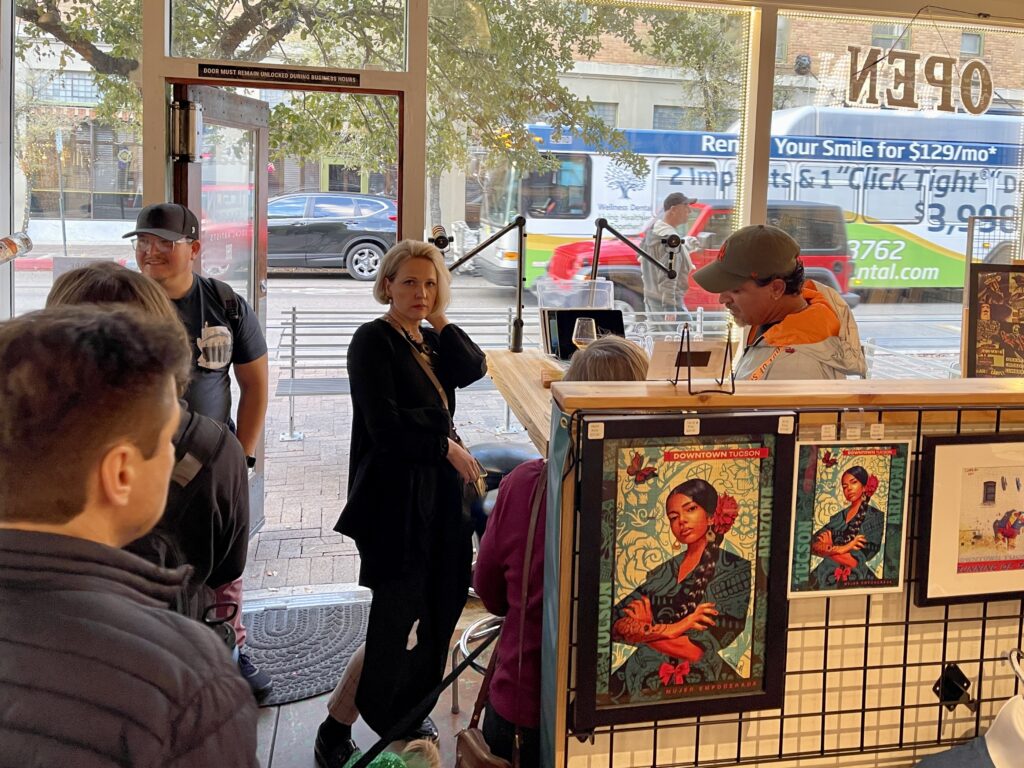
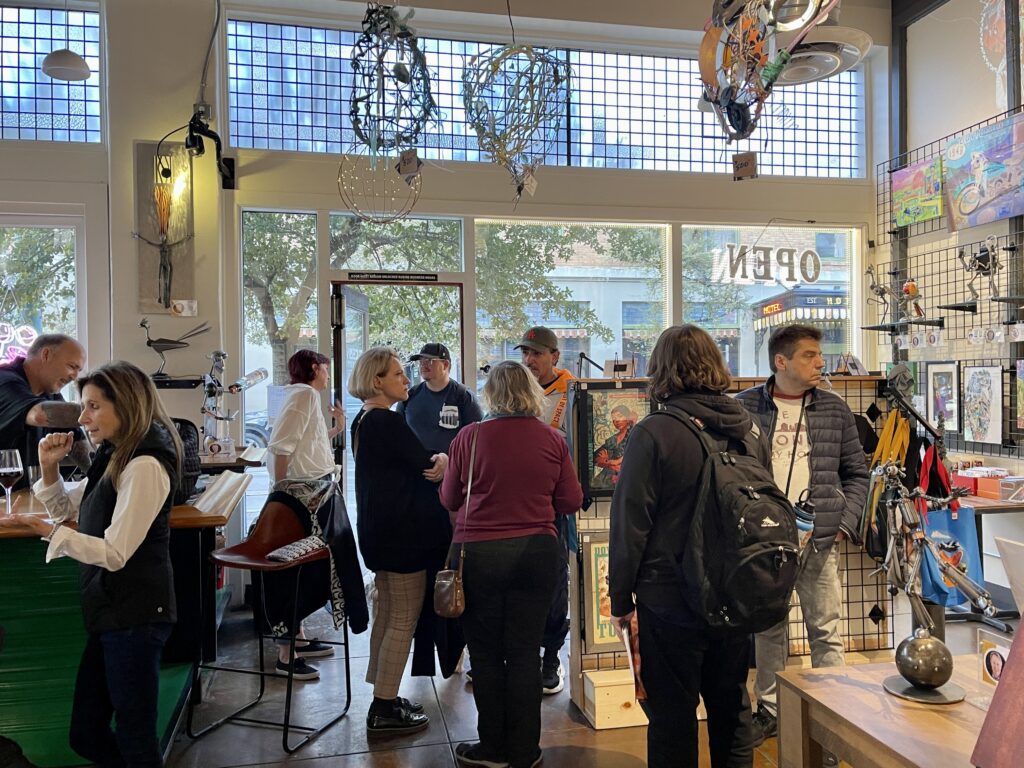
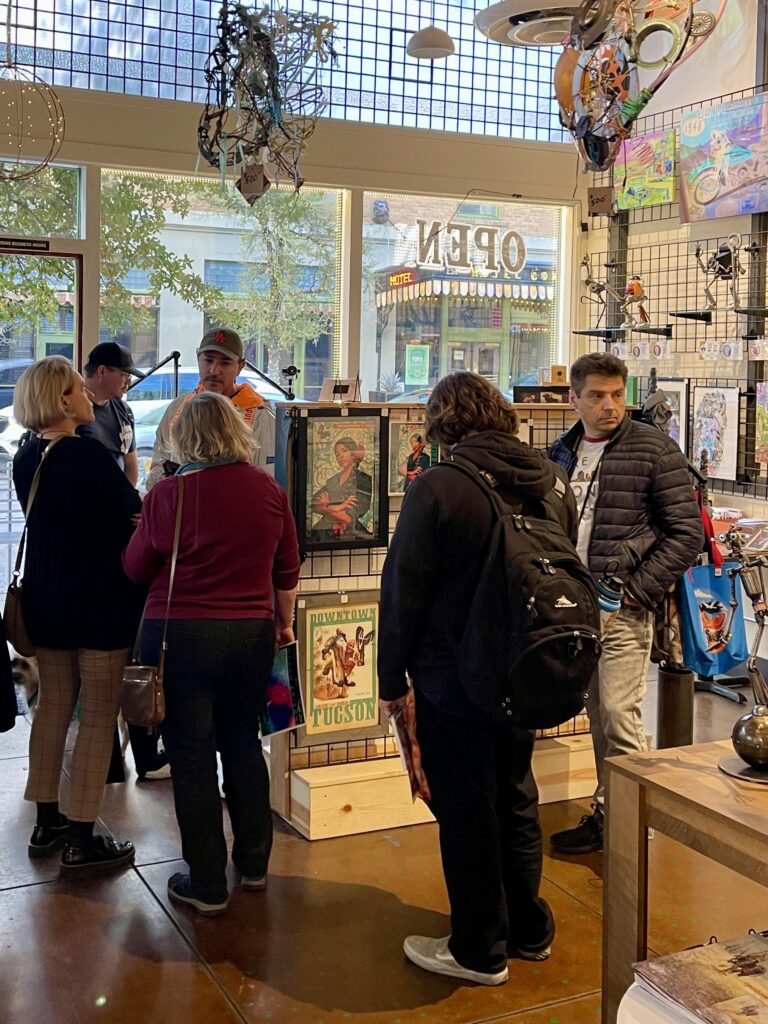
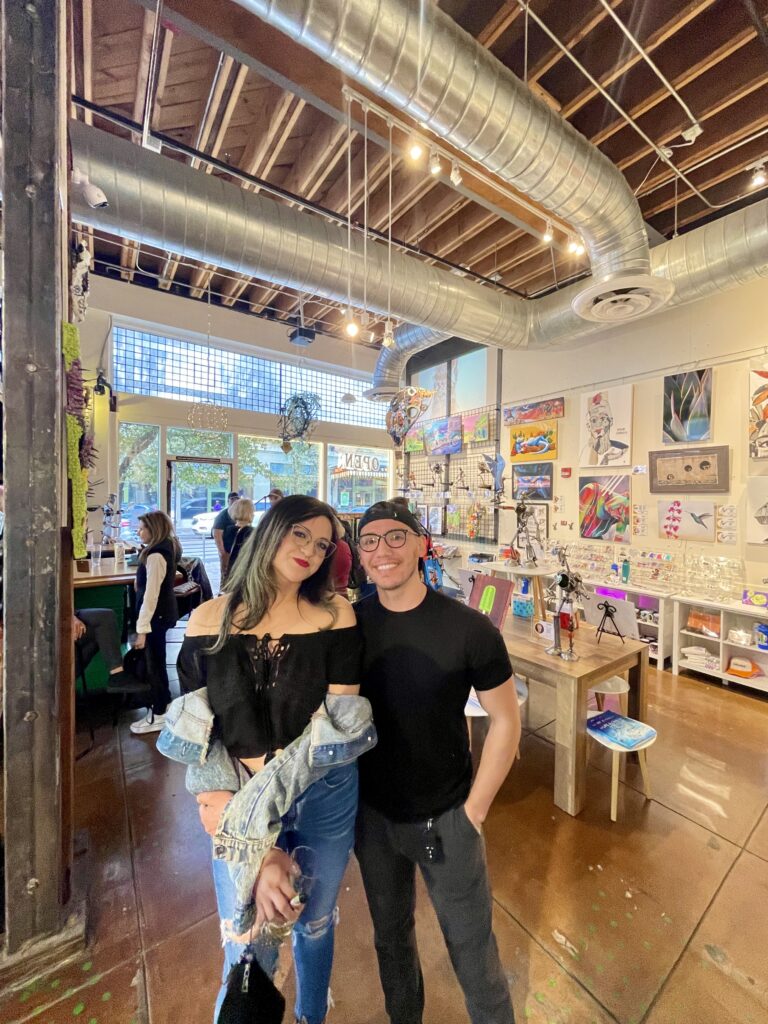
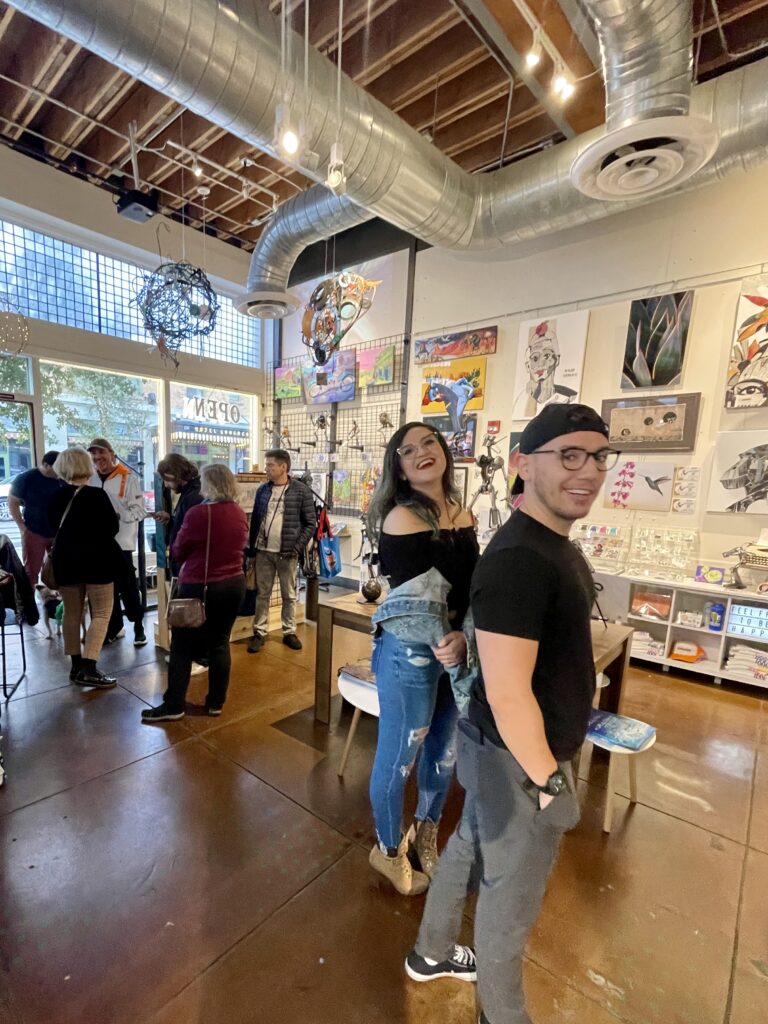
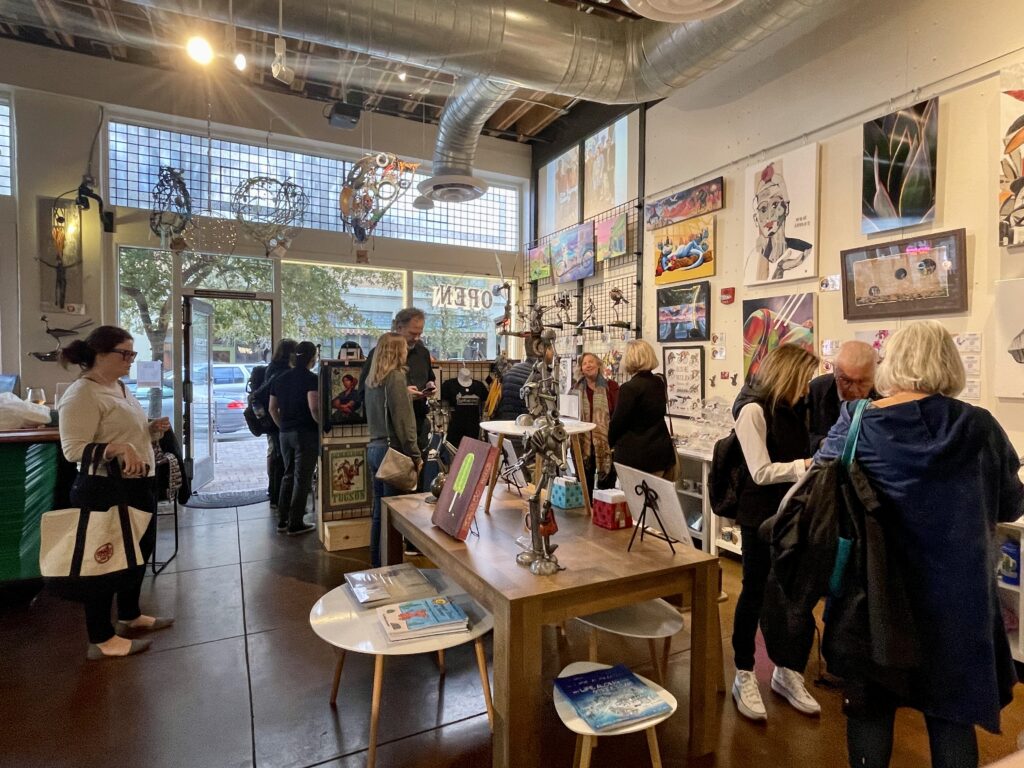
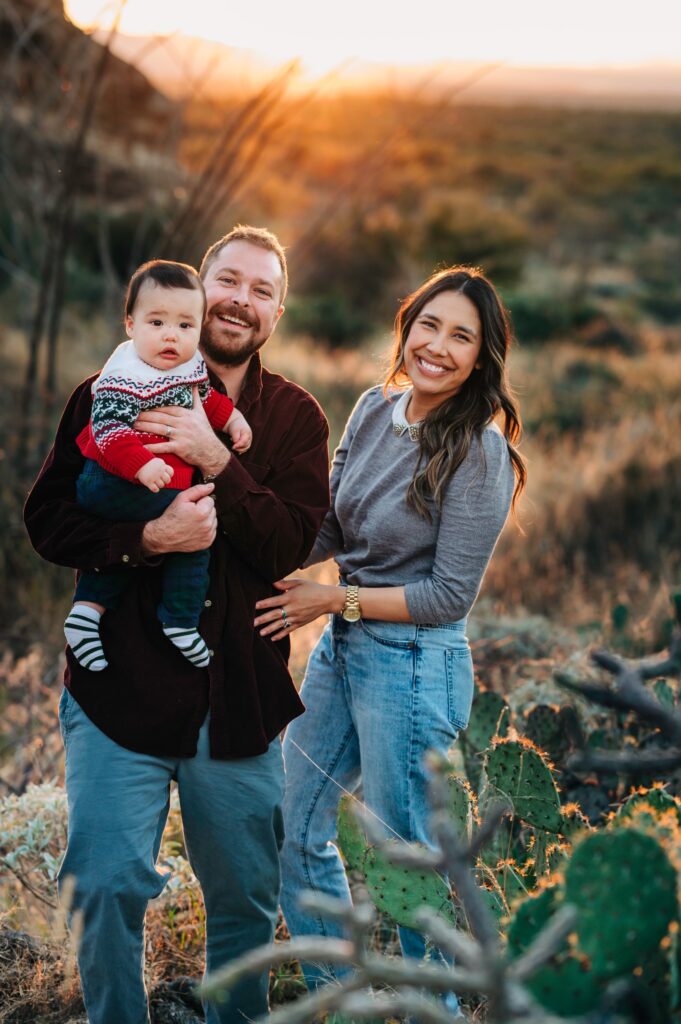
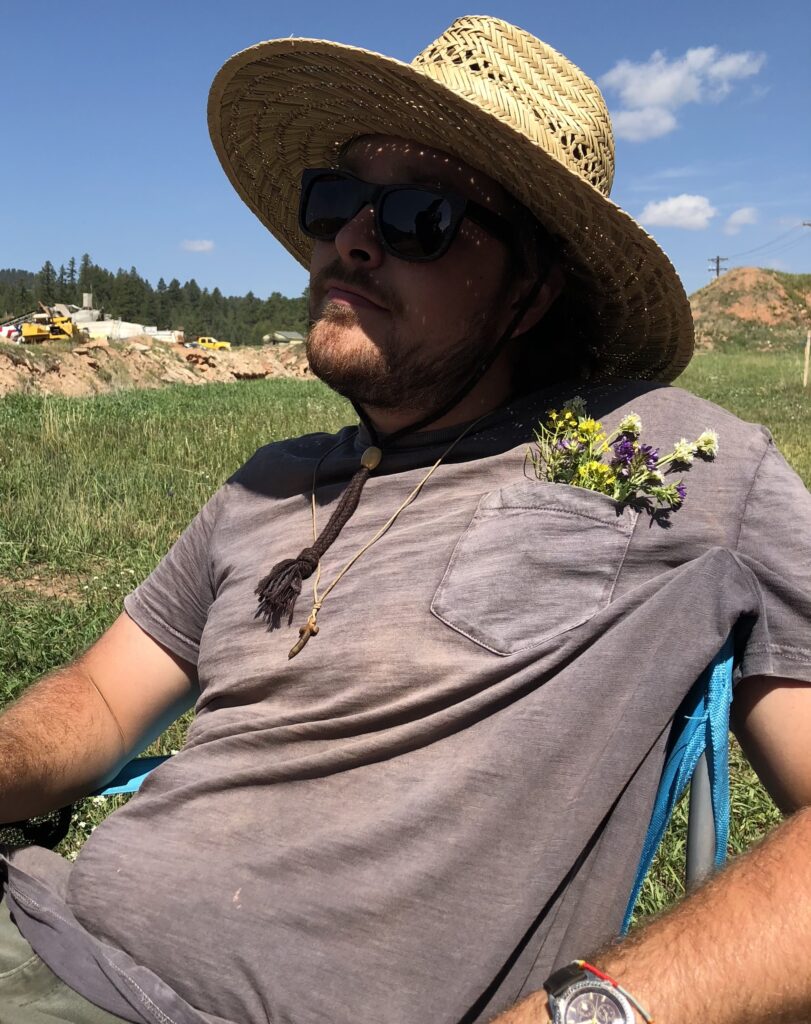
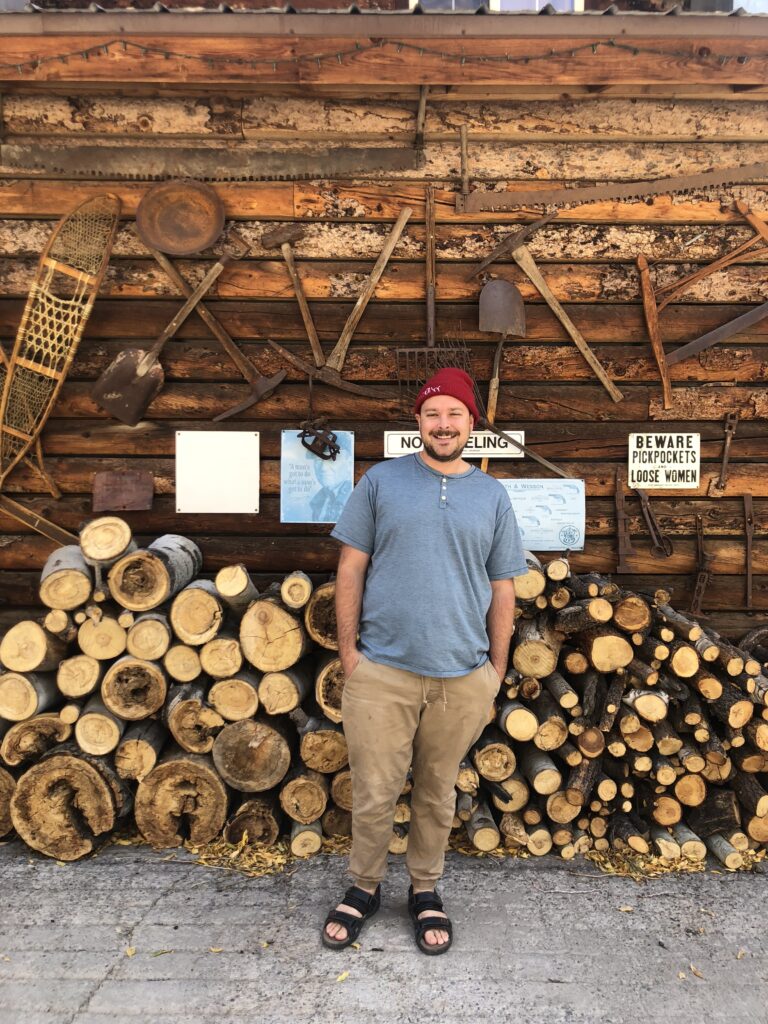
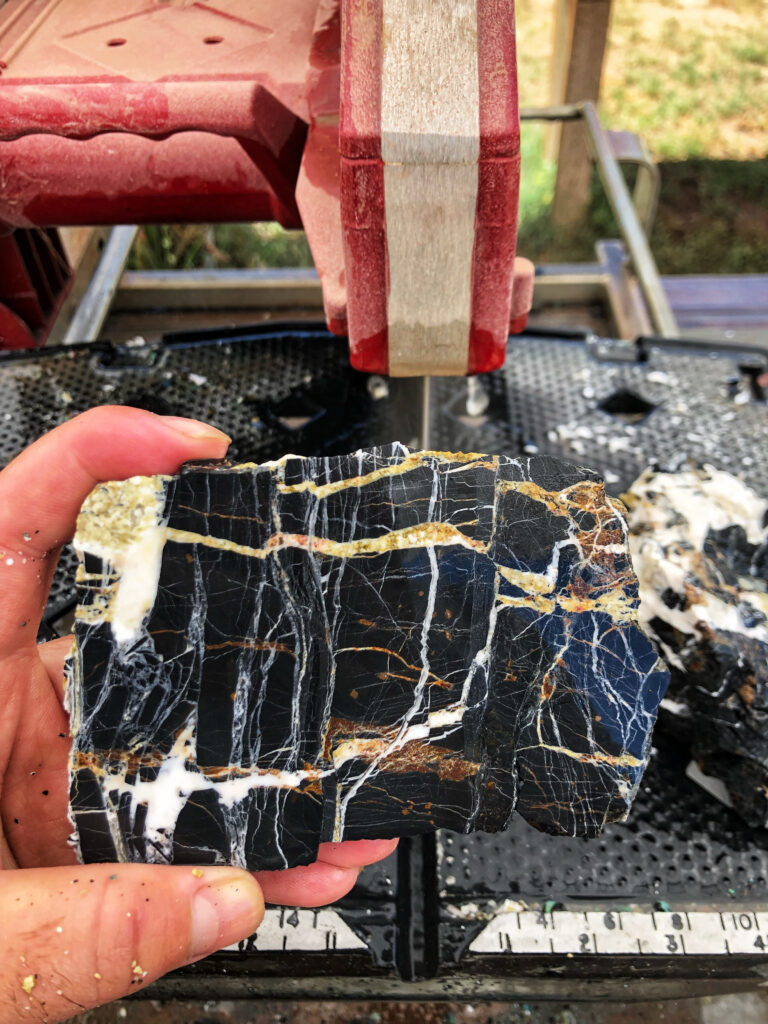
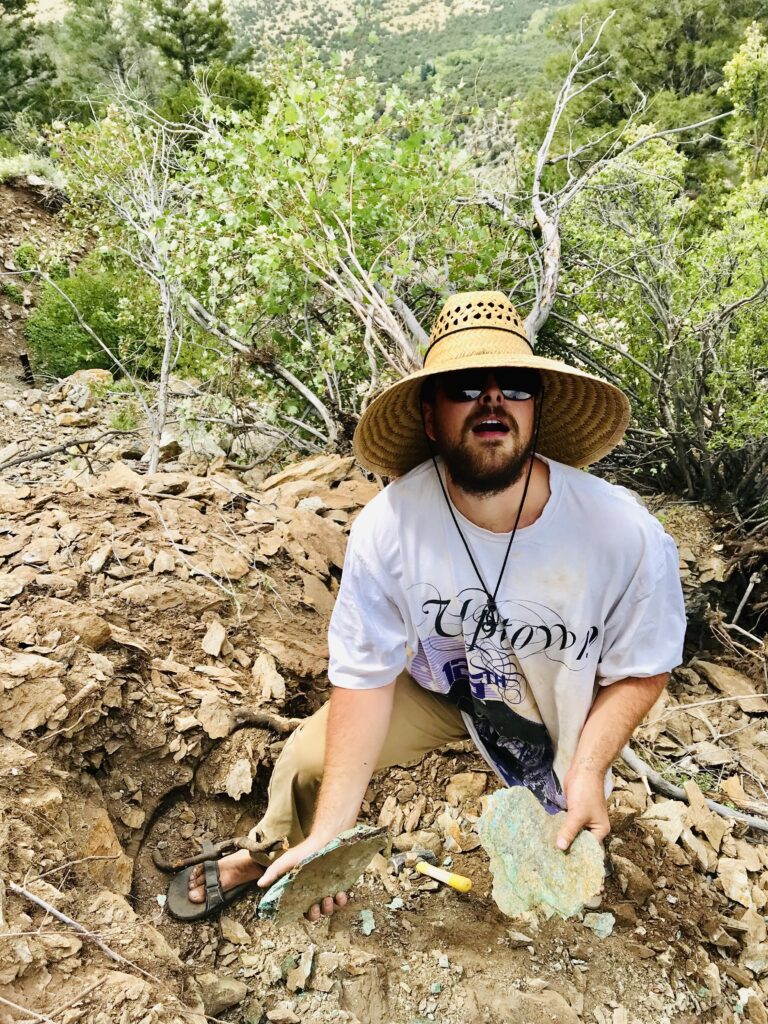
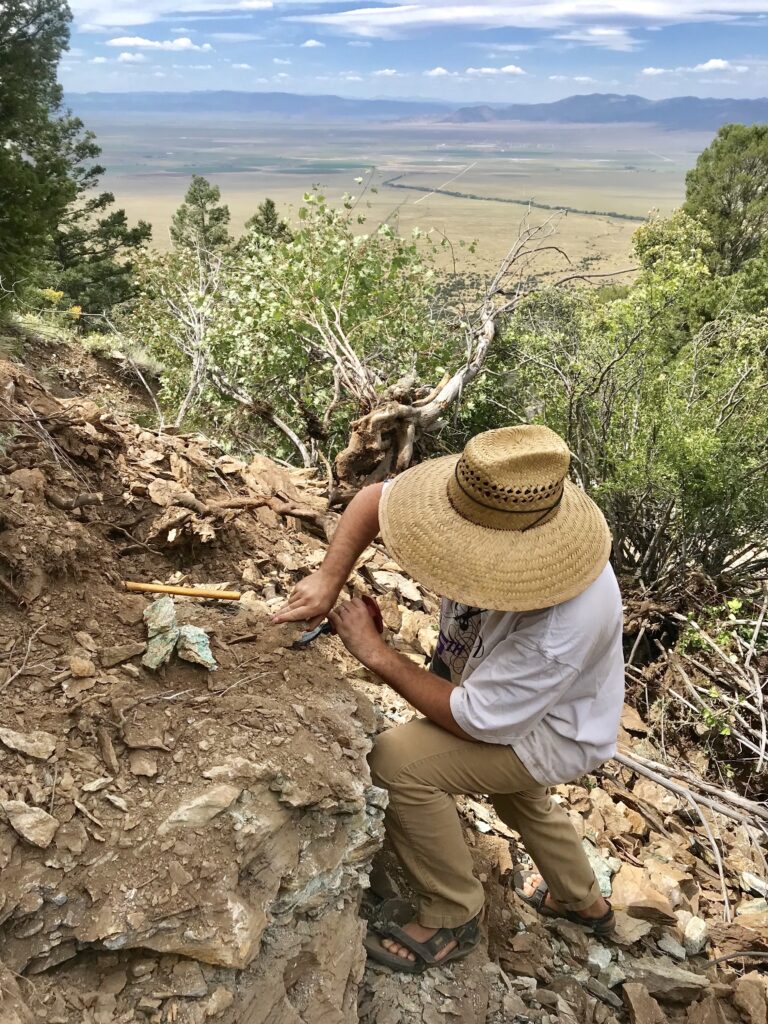
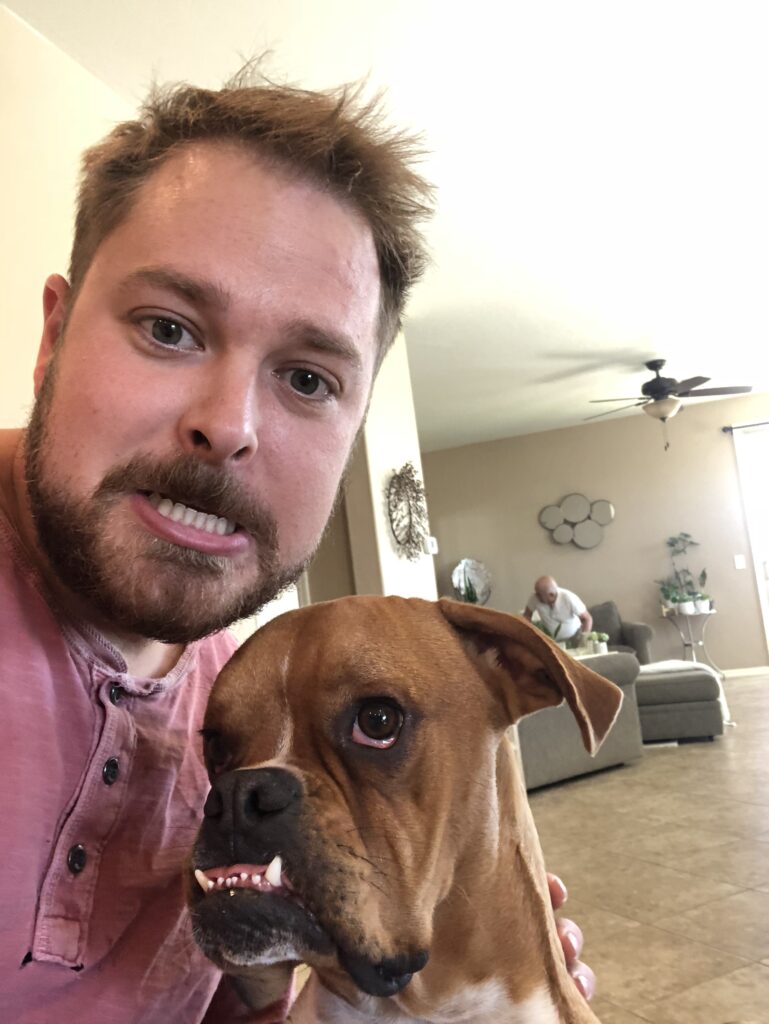
Ever since I was young I had a deep appreciation for art. At the time I didn’t know exactly where it came from, but I knew it came from within. I believe that all of us are born with this need to create, but where does it come from? Scripture says that in the beginning God created the heavens and the earth and that we are made in his image and likeness, so if this is true, which I believe it is, then we are all born to create.
The problem is that we all live in a broken world, and growing up my desire and need to be creative was slowly pulled out from within, and I was pushed and pressured to focus on logic and intellect instead of creativity and imagination. It wasn’t until my early 20’s, living in Los Angeles, pursuing my passion in photography and being surrounded by creatives did I find my creative heart again. It was a transformative time in my life because being surrounded by so many different people of different walks of life, and all of them expressing themselves creatively, I realized that they all had it in common that they created art because they wanted to feel...
Years later I no longer created art with a camera, but with stones from the earth and steel. Although my form of art is different it’s the same narrative that I create because I believe that’s what God created me to do. As I am now a full time artist and have dedicated myself fully to my craft I face the daily challenge of creating art with my heart and mind. So often they’re pitted against each other, but I truly believe that both intellect and imagination are essential in creating good art.
Living here in Tucson, Arizona with the beautiful support of friends and family and the Tucson Art Gallery I’m pleased to say that although we still live in a broken world and I myself am a broken man, I do my very best in all that I do and strive each day to create genuine, sincere, and authentic art. I love to create, I love to express myself creatively, I love the way art makes me feel; with hope that all that I do is done to the glory of God.
Where did you grow up?
Born and raised in the southwest suburbs of Chicago, Naperville specifically until I was 15. My family made a big move to Tucson Arizona where i’ve been since.
Tell us about your family
My wife and I have been married for 3 years and have a beautiful baby boy named Jonah. To start our marriage off we bought an old travel trailer, gutted it, and completely remodeled it. We lived in our little home for a year until my wife got pregnant; she looked me dead in the eyes and said, “I am not having a baby in this camper.” So we said goodbye to the tiny house life. I’d say our freetime is equally split between spending time with friends and family, exploring the outdoors, or eating food.
Do you have pets?
No… but I wish I had a cat.
When did you know that you would be an artist?
I’ve always had an admiration for art as well as artists ever since I was little, but not until my mid twenties did it even cross my mind of being a full time artist. In fact even as I began learning and developing my craft at 21 it never crossed my mind that I would spend the rest of my life creating art. I was 25 working as a server by day and creating art in my free time and suddenly out of nowhere I was laid off. I was at a crossroads where I could find another part time job or take a leap of faith into full time pursuing my art. After much prayer and contemplation I realized this was something I had to do. I’d say at that moment in my life I knew I would spend the rest of my days as an artist.
What is your favorite media to work with?
My favorite media to work with is stone and steel. It’s exciting to me how steel has such an amazing strength to it yet with the right tools has such malleability. I also have the pleasure of working with the most beautiful stones. There’s always a story with a stone, an adventure of who it was mined by and where it came from.
What do you do when you’re not creating art?
When i’m not creating art I’m probably spending time with my family. We love going on walks, checking out new restaurants, and going on vacation. Honestly since becoming parents, a fun night out is going to Costco, getting a churro, and then being in bed by 7:30 so we can watch a movie and go to bed early.
Tom Heath
Welcome back to another installment of Meet the Artist, a production of the Tucson Gallery inside of the proper shops at 300 East Congress. We’re the Court of Congress and Fifth Avenue in downtown Tucson, right across the street from the venerable Hotel Congress. And as you probably know, each week we have a different artist come in and do a meet and greet session with their fans and introduce them to even more of the adoring public. Before that session, we always record a podcast. It’s called Meet the Artist, all of which you can see on our website, thetucsongallery.com. And today, we are joined by another fabulous Tucson artist, someone with kind of a unique style, I shall say. And we’ll get into that. But Tamara Scott Anderson. Welcome to meet the artist.
Tamara Scott Anderson
Thank you. Thank you for having me.
Tom Heath
So I did a little research. Now, you’ve been in the gallery for a while, but I did a little research on you. You’ve been doing art for some form for over 30 years.
Tamara Scott Anderson
Yes, I have. I studied it in college. I studied to be an art teacher. And back then, and when I started my graduate work, I started my emphasis in fiber work. So I’ve done a lot of spinning and dyeing and weaving. I did a lot of needlepoint. During college. My aunt had a needlepoint shop, so I was used to working on a little grid. And once I graduated and I was teaching, we moved into a new home to us. But in the yard, there was all these different things that needed to be hauled away. And I came across a piece of hardware cloth, which is a building material. And to me, it was just like, oh, I need to weave something through this. Because it’s a grid work. Most people recognize hardware cloth as the material that they put around their plants to keep the Havalinas from eating it or the critters getting it. So it’s pliable. People always say chicken wire, and it’s like, no chicken wires, hexagonal or different shaped and much more pliable, where hardware cloth is stiff enough that you can
Tamara Scott Anderson
bend it, but it holds its shape. And so after that first piece, actually, the first time I wove something through it, I was doing strips of paper, and it wasn’t very long until I changed over to strips of fabric.
Tom Heath
You’re called a fiber artist because you work with these materials. Has that always been your mode? Because I know you’ve been doing it for a while, but did you get started with, hey, I like to paint and draw, or did you?
Tamara Scott Anderson
Well, in college, you have to take a range of classes. And when I was taking a sculpture class, this was back when Macrame was first becoming big on the scene and I was doing free form macrame. I wasn’t making plan holders. I’d found a gnarly piece of wood, and I’d done a wall hanging. And my sculpture teacher in critique said, I think you should explore this soft textile more. So I did.
Tom Heath
So you’ve been doing this pretty much a good chunk of your I did.
Tamara Scott Anderson
And I did some felting.
Tom Heath
Some felting?
Tamara Scott Anderson
Felting. Well, that’s where you take wool, which has been carted, and you rub it together. There’s a whole process, but it goes into a fabric or whatever dimension you make. So I was doing that in a sculptural sense, combining it again with found wood and things like that. And so I continued to do that when I was teaching and then moved around Arizona a little bit because my husband, we went up to Tempe so he could finish his graduate degree. And when I moved back to Tucson, the education was going through the back to basics phase where they were cutting art programs. So I found my way into interior design.
Tom Heath
Okay.
Tamara Scott Anderson
And design elements are design elements. You just are using different materials or mediums. And so I was working in a furniture showroom as a designer, and I was doing these wall sculptures for commissions for my clients. And then after well, when I bought my own business, I had a business partner. We bought contents interiors, and at that point in time, my artwork went on the back burner.
Tom Heath
There’s enough going there’s something about owning a business, it takes a little more time.
Tamara Scott Anderson
Exactly. So for 18 years, I had a contents, interiors, furniture and design showroom. And during that time, the fabric reps from Phoenix, all the big fabric houses, they would come and give me and my staff, once a season, the newest and latest, greatest fabrics. So for 18 years, I was just looking at these scrumptious fabrics. Textiles. I’ve always been drawn to them. And so then we had our exit strategy and said, okay, when I’m 65, I’m going to retire. So three years prior to that, I said, okay, if I’m going to do that and I’m going to get back to doing my art, I need to have a body of work. So I did three pieces. They came pouring out of me after looking at all these fabrics and whatnot, and I took them into the showroom, and they sold right away. So it’s like, okay, validation. This is something that’s unique. I’ve not seen anybody doing anything similar in my 30 years.
Tom Heath
Yeah, your work is not only is the creation unique, but it seems to me that the formation of it is unique as well. And it looks like it’s evolved not just from preset materials. A lot of the stuff that we have in the gallery looks like things that many people would have discarded, but you find a way to turn it into something beautiful.
Tamara Scott Anderson
Right. So up until I moved downtown, which was about 14 years ago, I was using commercial fabrics, yarns, beads, and that whatnot and then when we moved downtown, I was taking my morning walks, and I was collecting materials off the street. And a lot of fiber. I mean, so much discarded clothing and whatnot out there. And so I started a stash and started using found materials in my weavings. And then once I got a reputation for using recycled and reclaimed materials, my friends started giving me things.
Tom Heath
Thanks for the trash. I appreciate it.
Tamara Scott Anderson
Well, no, it’s some jewelry, actually. I brought a piece here a couple of years back. A bunch of girlfriends cleaned out their closets and their jewelry boxes, and so I did this one piece. It’s fairly large, and there’s three female figures. There’s a black woman, a yellow woman, and a brown woman. And their arms are entwined, and it’s called girlfriends. And they are all adorned with jewelry that’s been given to me. And it’s got a nice feel to it and it keeps coming. So I brought this. I like to do torsos. The beach bum here is made out of materials I found on beaches. Well, this is jewelry that’s been given to me, and there’s some pretty nice jewelry there, if you can see in that vintage kind of way. So that’s what I’ve been really focusing on here at the Tucson Gallery is my reclaimed and recycled rescued work materials that have been found off the work.
Tom Heath
That’s the word I’ve been looking for. Rescued work.
Tamara Scott Anderson
Yes. I rescue things off the street, out of the landscapes of wherever I am. And there’s always some fun stories. This one’s not up there, but I have one where I can tell you the red fabric came from a walk up in Flagstaff one time. I was up there.
Tom Heath
Yeah, that’s what I wanted to know. When you see the red fabric, does that become like, do you build a piece around that or do you get everything assembled and then you’re like, I see what this will become.
Tamara Scott Anderson
It varies. Like, when the girlfriend started, I was like, okay, I have to do a girlfriend. So there was a figurative piece with the beach bomb. I collected those materials off of the beaches of San Carlos, Mexico, and San Diego over a two year period. And once I had enough stuff, I said, okay, I’ll start a piece. This piece has been kind of taking on a life of its own. Again, I like doing torsos. It kind of goes back to my art history days where you see the headless torsos of sculptures, and I’ve always been drawn to that. So I do torsos. And this one again, all these materials. So I did a torso and started seeing how they’re going to fit onto this canvas, so to speak. Actually, it’s the aperture grid work, and it’s taken on a life of its own.
Tom Heath
Are you ever done with something or do you always sort of see a way to add something to it?
Tamara Scott Anderson
There’s a point where I’ll stop and I’ll feel like it’s done, but then I’ll go back like the piece up here off the railroad tracks that we have here. It’s very linear repetition of the railroad tracks and whatnot. And that was that way. That’s an older piece. But before I brought it in here, I had found a whole new selection of materials that are now incorporated on there. So they get it added onto. And then this nest, I’ve started this new nest here, which I brought and I moved recently. But 15 months ago we moved over into the Monir Apartments and for 15 months walking around, I was finding small I was in an apartment, so I didn’t just pick up anything I found. So I was picking up small pieces of fibers, wire, that kind of thing. And right after election in November, the signs were gone, but there were three metal sign holders. So those came home with me and got bent into this shape.
Tom Heath
Oh, yeah, I can see.
Tamara Scott Anderson
And so now, just like birds do when you see a bird, they go and they collect their material and they come back and they put it down. So that’s kind of how my nests are. This one again, you can see it’s just basically linear fabric pieces. There’s a lot of rubber and earbud wires, things like that get discarded quite a bit on the street. So I’m finding that or just little pieces of fabric that are left. Now, the one nest up here, nest with circular reference. I was collecting circular objects off the street for probably three or four years before I started that piece.
Tom Heath
Okay.
Tamara Scott Anderson
And so you can see there is all manner of circular objects in that one.
Tom Heath
You referenced it a couple of times, but beach bone to me is just extraordinary piece because it’s rescued work. It’s got everything that you typically would find discarded on a beach. And then there’s this really cool character with sunglasses on the front there. Yeah, I feel sad. Forever lost, that fellow. But he makes a really good statement on beach bump. How long then, once you had those materials, how long did it take to create that piece itself once you started working on it?
Tamara Scott Anderson
Well, that one probably not that long. The hard part was when I say not that long, probably a few weeks, three or four weeks, maybe. People always say, how many hours did it take for your work? And I think I talk in months. Okay. And that’s even when I’m working daily on it because I do a lot of stitching and beading and embellishment on a lot of my work. So, yeah, if it’s something that comes together really fast,
Tamara Scott Anderson
I had the idea I did the frame and then had to stare at it a while, decide which materials I was going to use and how I wanted to start with the fabrics. The fabrics. I can kind of consider my underpainting. For somebody who’s doing an acrylic or an oil painting, they’ll often do the ugly painting underneath where it’s contrasting colors or whatever, and then the layers that they add, then it becomes more defined and more recognizable. And that’s kind of what happens on my hardware cloth. I paint, I shape and paint the hardware cloth. And it’s not always the same color all throughout. And you can see that in different areas because it does end up showing much like a warp wood in a weaving. And then I weave fabrics through and over, weave more fabrics, and there’s a lot of stitching involved and a lot of beading and embellishing and more embellishing.
Tom Heath
Wow.
Tamara Scott Anderson
Layers of texture and color. That’s what excites me.
Tom Heath
So when I look at your work, I see something that many people are going to look at and think is amazing, but it’s not traditional, so it takes some people a while to get used to it. Is that a fair statement?
Tamara Scott Anderson
Yes. And another thing is my work doesn’t show quite as well two dimensionally online because you don’t get a feel for all of the texture and all the embellishment. So it’s one of those things that you look at and then you go, oh, wait, what’s that? And it draws you in and then you start to see how much is going on, how many different colors of thread, how many different colors or layers there are of elements in the piece.
Tom Heath
Absolutely. You can kind of get lost, just start staring into it. And it’s like those Russian nesting dolls. You just keep going. More and more information in there for someone that does. I’m just going to call it an atypical art style. If there are artists out there that are trying to find their way and they’re not comfortable with the acrylic and they want to find their own path forward, what advice can you give them? Because this seems like something where you have to have some patience.
Tamara Scott Anderson
Yes. And it’s interesting. I guess I’m still finding my path. And I’m very blessed that you’ve all invited me to show here at the Tucson Gallery, where I can focus on that rescued, reclaim and repurpose work. There’s something out there when you’re walking around, if you walk downtown areas, along the railroad tracks, along the washes, it’s amazing how much discarded materials is out there. It’s an unending flow. It’s very sad. But I get past all of the trashing things and I look and I say, oh, look at there’s this great piece of wire that has all these different colors. And I see it as an element. I can look past the trash and see the one item or the few items that can be salvaged or rescued and reused.
Tom Heath
So you focus on one type of art here at the gallery, but you’re on display in other places. Can you share some of those?
Tamara Scott Anderson
Yes. And that’s more of the fiber wall sculptures. And I actually do have the one here, the purple prickly that we have. And that is a little more like my traditional, where I’m using commercial fabrics and commercial beads. Actually, with this one here, though, I actually dyed some reusable T shirts. I did ice dyeing and used them. So there’s all different kinds of levels. But yes, I’m showing my more. I don’t know, what should we call the fiber wall sculptures? They’re a little more less trash. Not that the Tucson gallery has trash. I did one rescue trash. Well, where the other ones? Again, it’s shiny and nice and pretty. My pretty work.
Tom Heath
I think some of your quote unquote trash has turned into some very pretty work. But where are some of those places people can see that as well?
Tamara Scott Anderson
That’s up at the Southern Arizona Arts Guild Gallery up in La. In Quintada. Okay. And then I’m a member of the Southern Arizona, I mean, the fiber artists of Southern Arizona, as well as the Southern Arizona Arts Guild.
Tom Heath
I didn’t realize that there was a fiber artist of Southern Arizona. So there’s a lot of you out there?
Tamara Scott Anderson
Well, it’s a small group. There’s eleven of us, but there are a lot of fiber artists out there. There’s another guild, the Tucson Hand Spinner and Weavers Guild, which incorporates not only weaving and spinning, dyeing and felting and wearable clothing, which is fashion, and there’s a lot of jewelry that is made with textiles and beads. So there’s a lot of fiber artists out there.
Tom Heath
Okay.
Tamara Scott Anderson
Yeah.
Tom Heath
Well, if you want to come see some really good looking trash, head down to the Tucson Gallery that we are at, 300 East Congress. We are between hotel congress and playground and the realtor theater. You can’t really miss us right here in the corner. Every week we do a Meet the Artist event where we invite the public in tonight. Individuals will chat with Tomorrow about her style, and then each week we have a different artist. Usually it’s on a Thursday or a Friday. So you want to head over to our website, thetucsongallery.com, for all of those details. And while you’re over there, you can check out the work. As Tomorrow said, hers does not translate as, well, two dimensionally, but you can definitely get a sense of what you’ll see when you come into the gallery. And please do, like share us on Facebook, Instagram, and tune in every week for another segment of Meet the Artist or listen them all on our website, thetusongallery.com. Before we wrap up tomorrow, any last words for us?
Tamara Scott Anderson
Yes, I wanted to say that starting today through the weekend, I am going to be taking $50 off my ditreus nests of the urban desert rack. Okay. So people have always are looking for artwork that they can put outside on their porches or whatnot in the outdoors. And a lot of my reclaimed, recycled work is suitable for displaying outdoors.
Tom Heath
All right, so depending on when you’re listening to this, you might want to check with the gallery to make sure that fabulous offer is still in place. We look forward to inviting you down and checking out Tamara and all of the other fabulous artists here at the Tucson Gallery. Thank you so much.
Tamara Scott Anderson
Thank you.
Tom Heath
Thank you for listening to Meet the Artist. This is a weekly production by the Tucson Gallery, located inside of the proper shops at 300 East Conga Street in Tucson, Arizona. The mission of the Tucson Gallery is to support local artists by providing a space to show their art, a forum to engage with their audience, a virtual presence to connect with global patrons, an outlet to earn a fair price, and an opportunity to hone their business skills. Head over to Thetussandgallery.com for more information about our live events, listen to other Meet the Artist podcasts and check out the wide selection of art gifts and other items created by Tucson’s modern, thought provoking and forward thinking artists.
